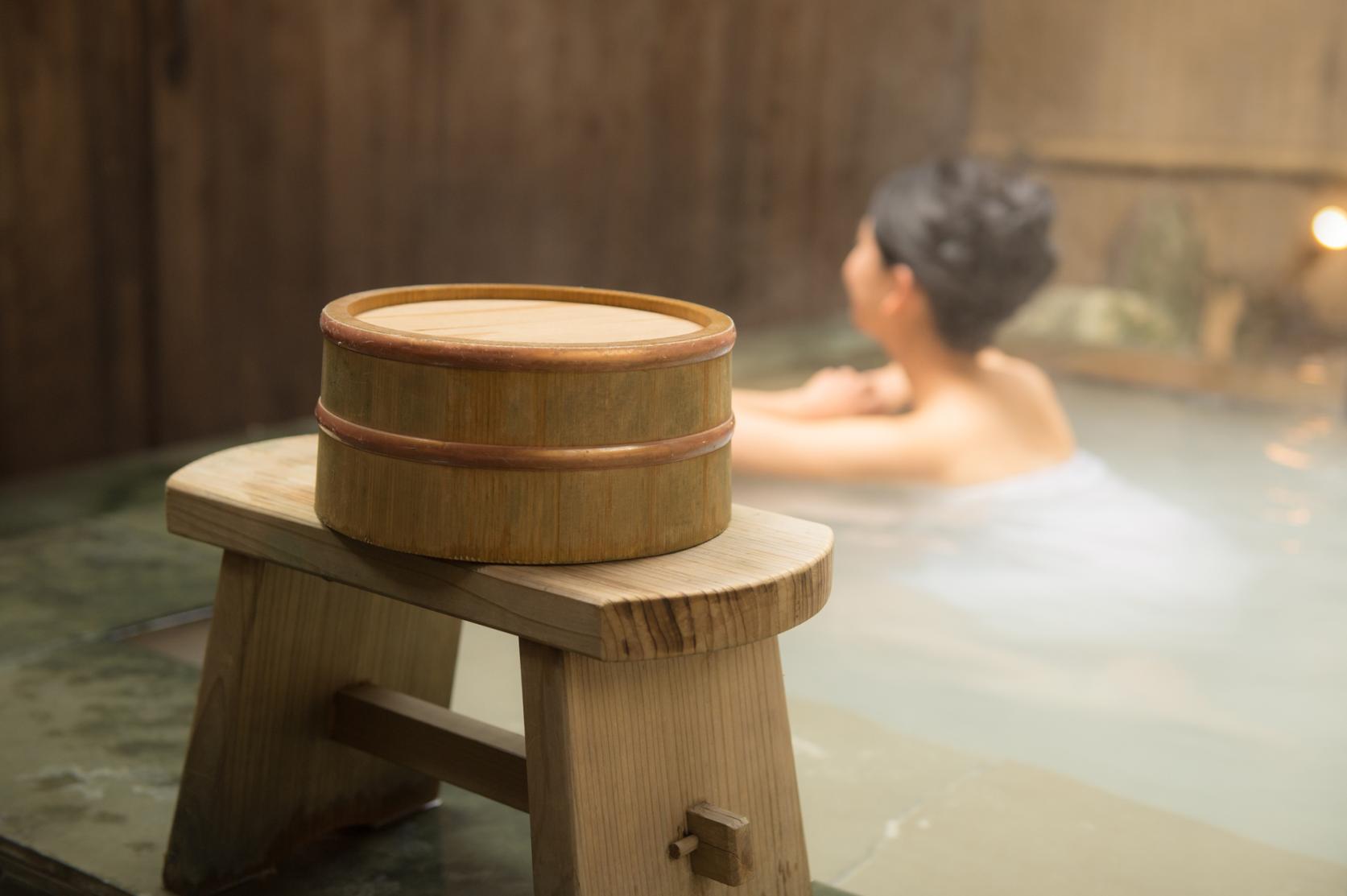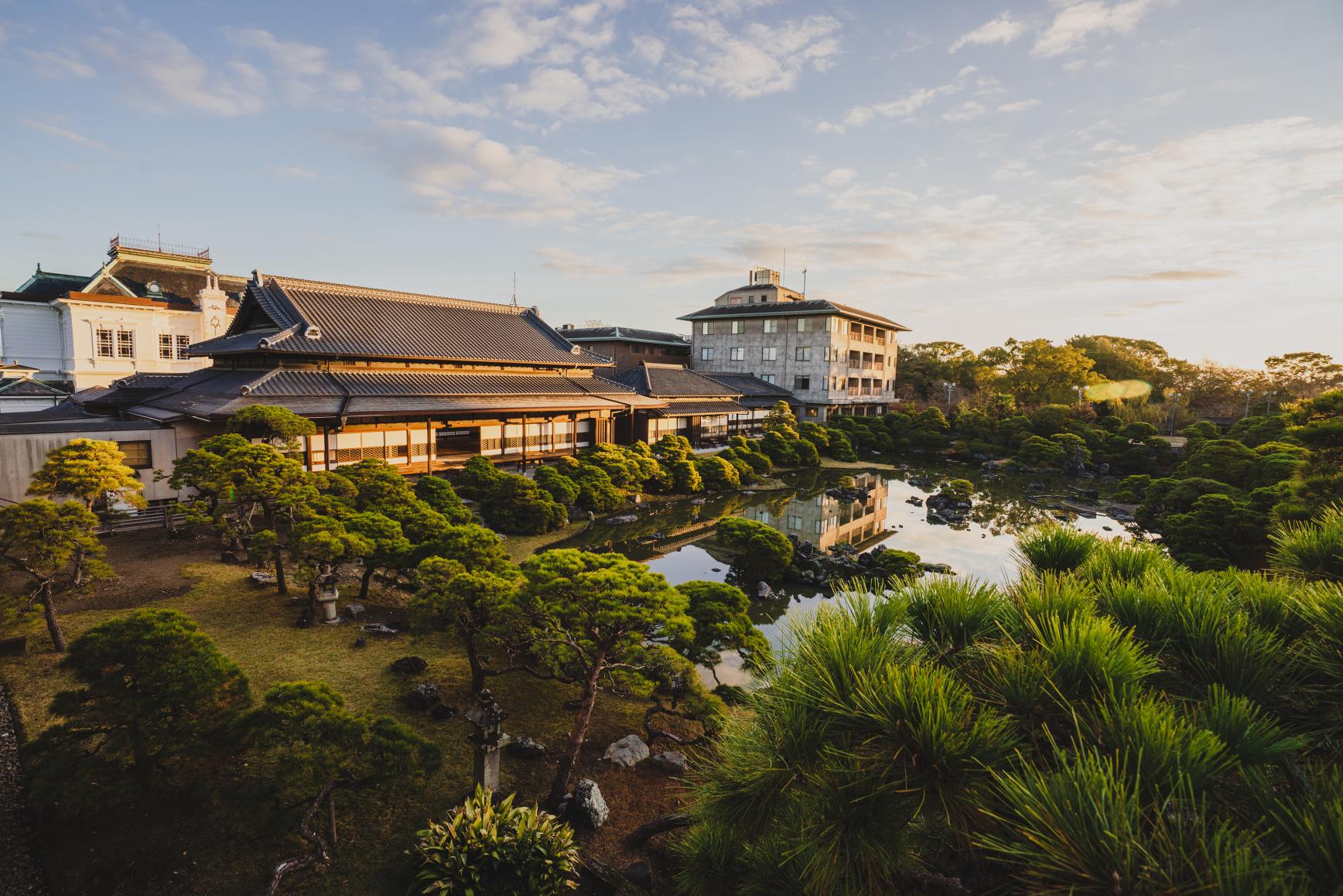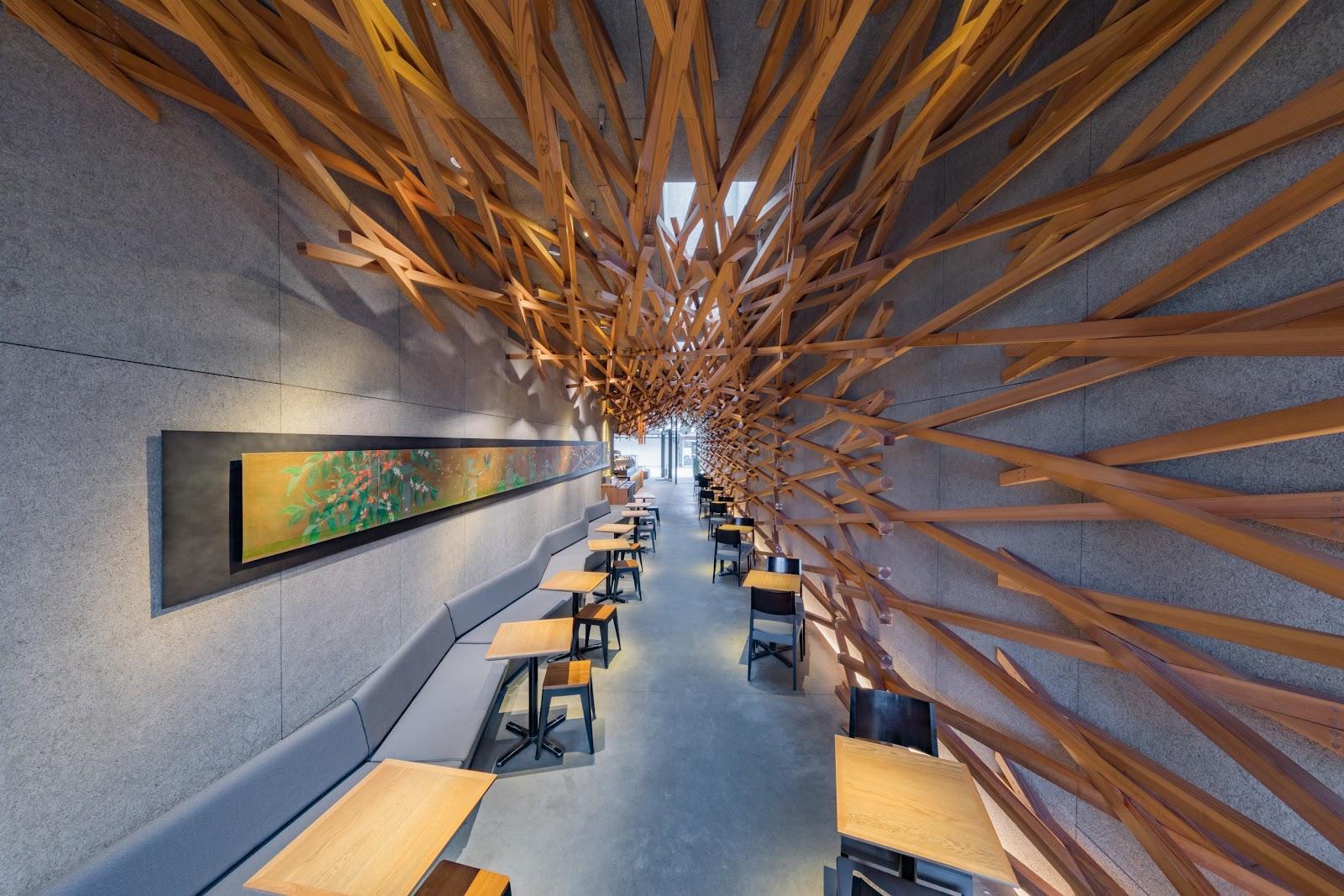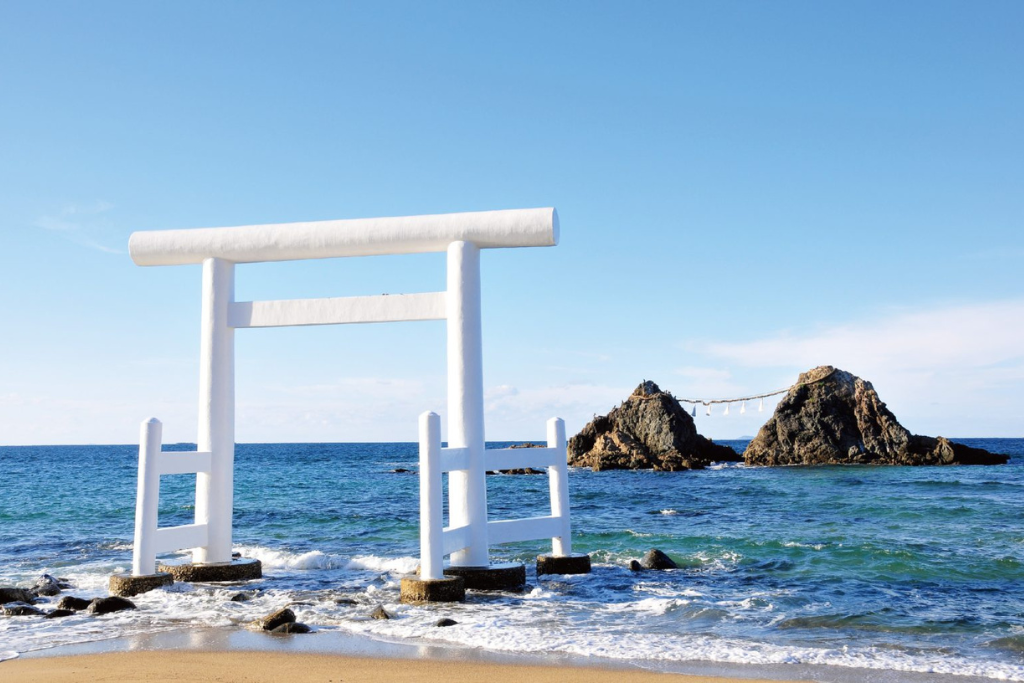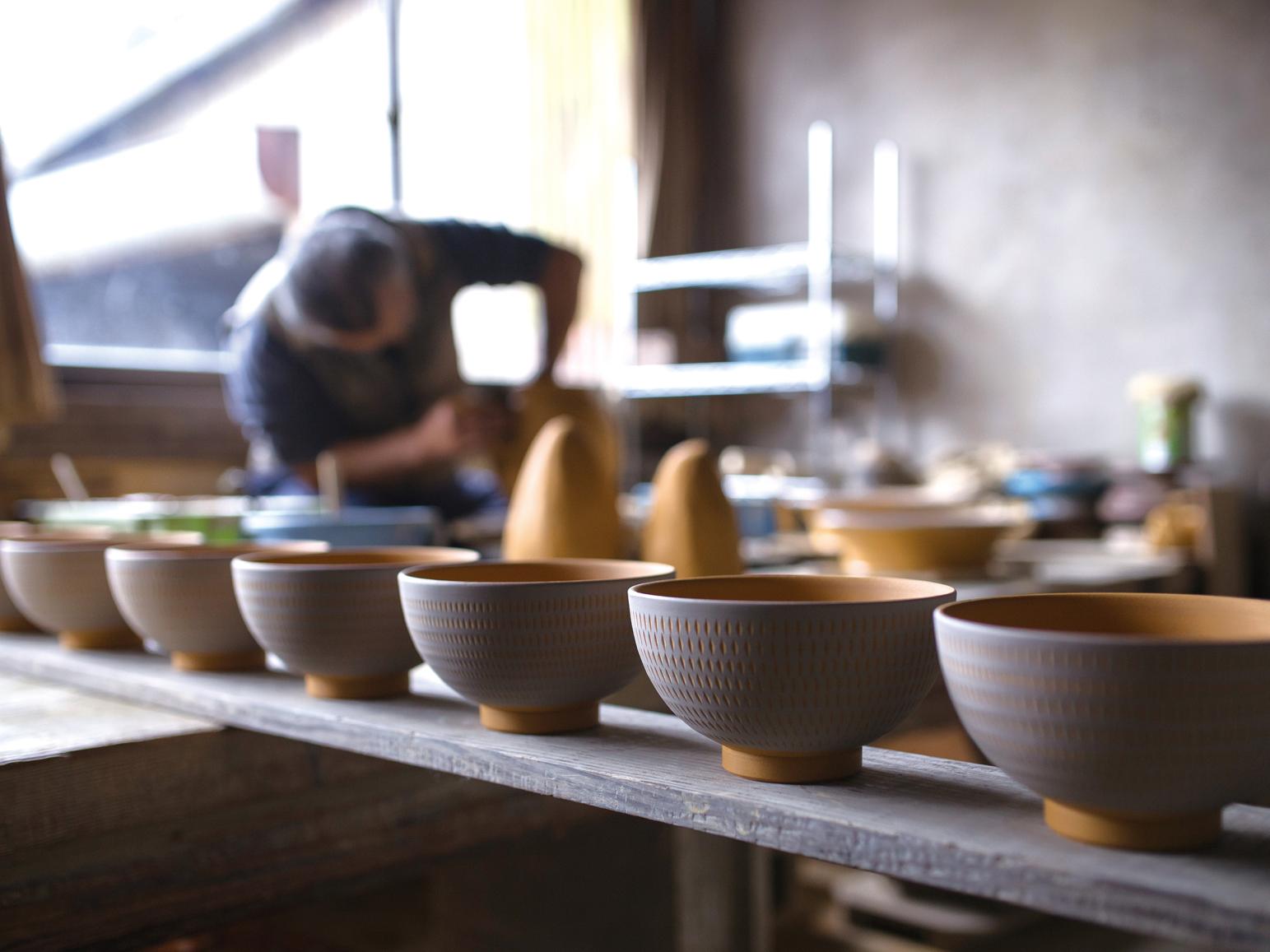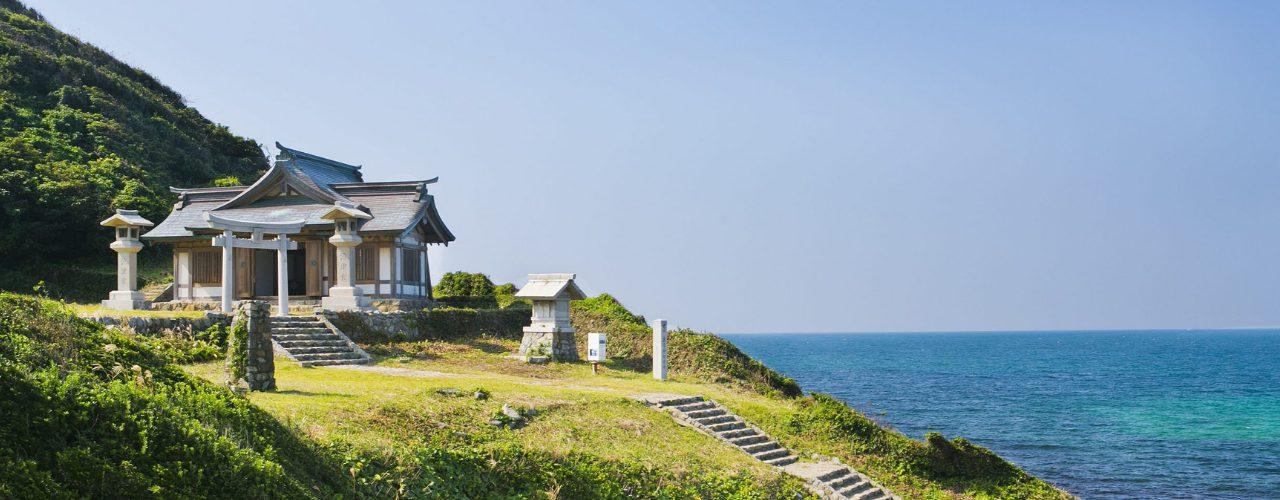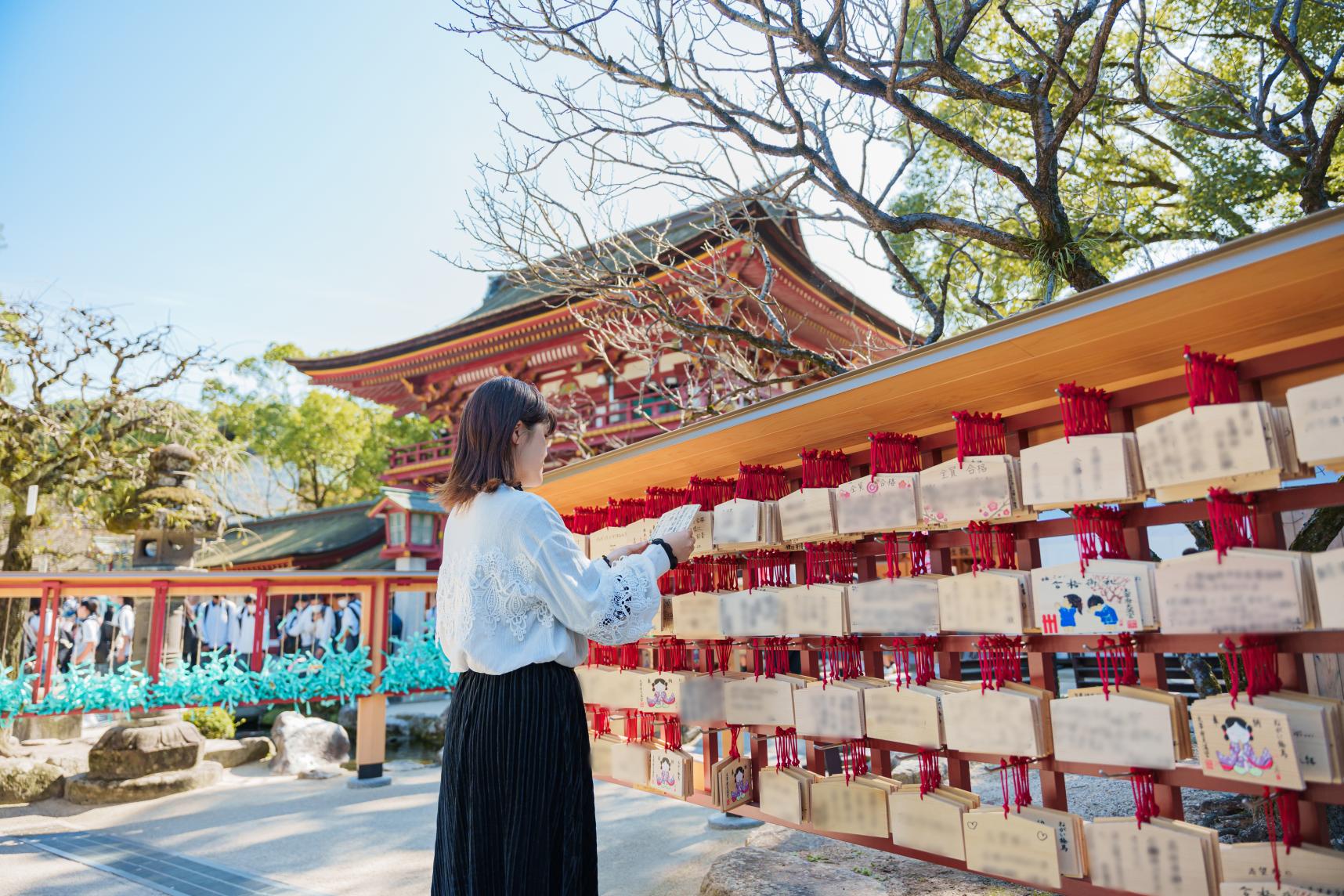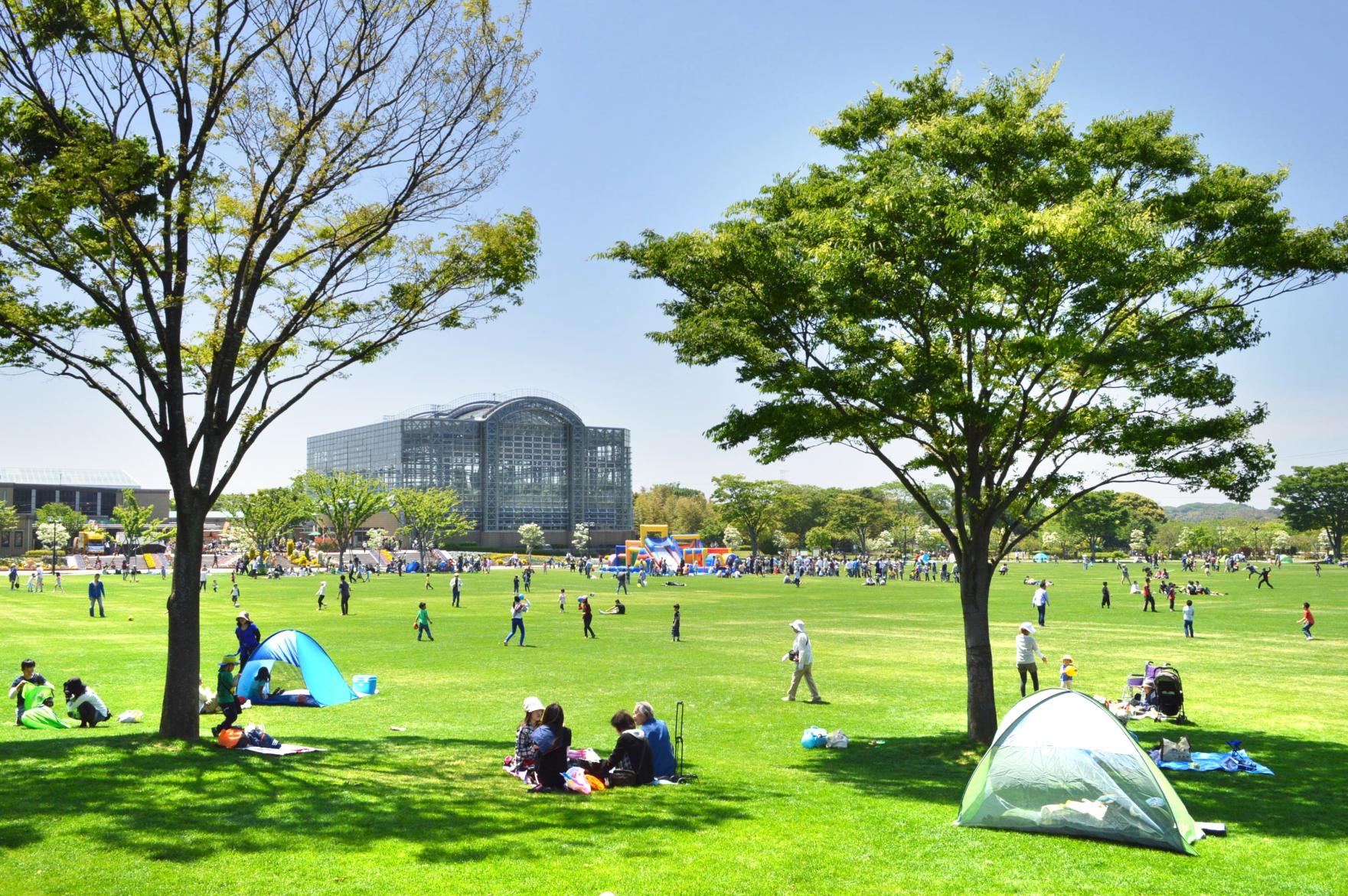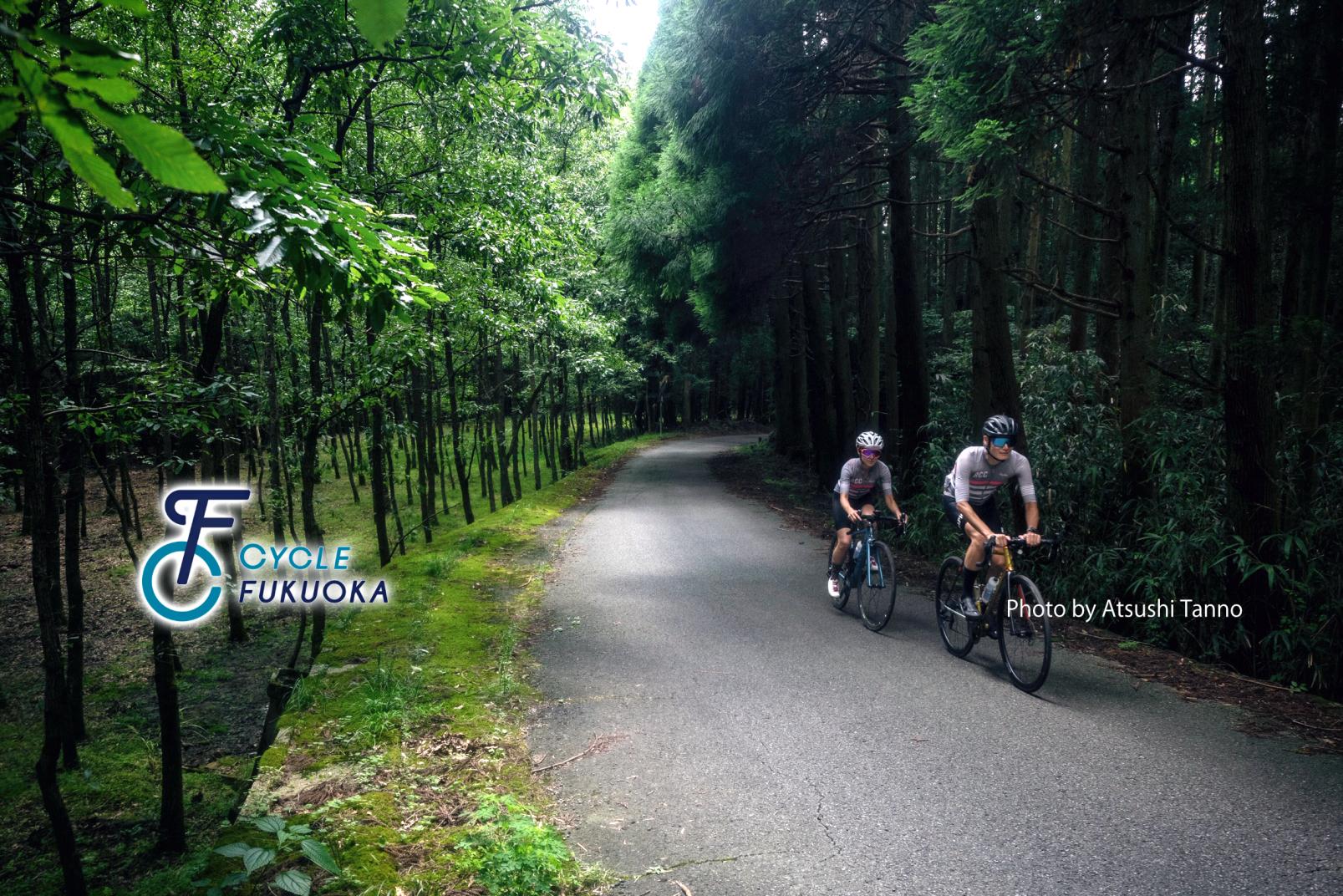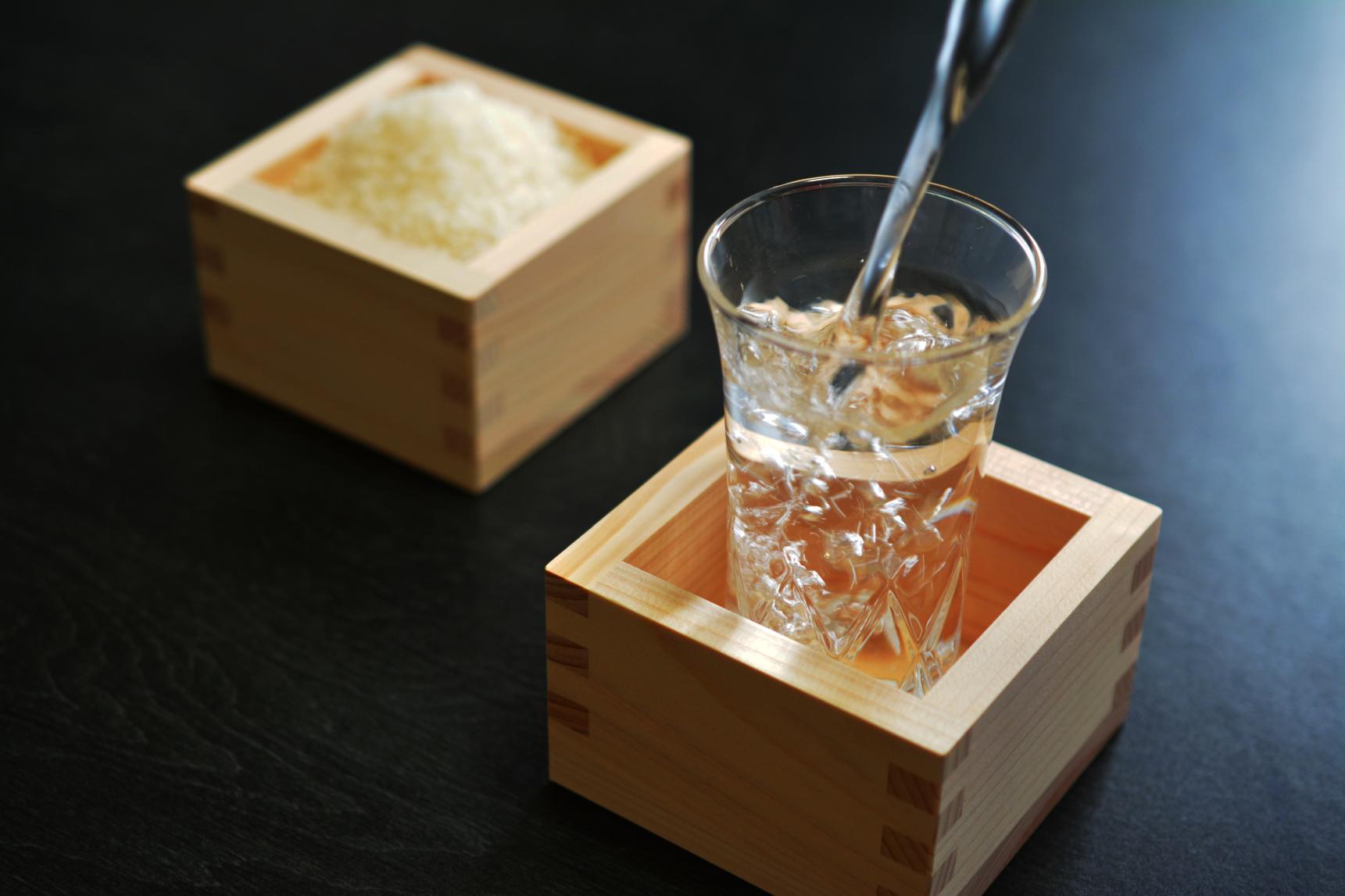
A Guide to Fukuoka Sake, Grade Classifications, & Sake Breweries to Visit
As the saying goes, “Where there is good water, there is good sake,” and we can certainly hold that true for Fukuoka Prefecture. With its coastlines and clear-flowing rivers from the mountains, Fukuoka prides itself on a phenomenal sake scene that is as diverse as its landscape. Historically, sake breweries in Fukuoka have established themselves alongside its famously clean rivers and groundwater, turning their life-nourishing waters into delicious sakes that range from refreshingly light and dry to fruity and floral. Whether you’re just dipping your toes into the sake world or are a well-established sake connoisseur, Fukuoka’s trove of historic sake breweries, award-winning sake, and Japan’s first sake-centered accommodations will undoubtedly delight your palate!
The Correlation Between Sake Breweries and Rivers in Fukuoka
Sake breweries require nearly ten times more water than growing rice, so the presence of a sake brewery is a good indicator that good, clean water is abundant in the area. In Fukuoka, there are over 50 breweries scattered throughout the prefecture alongside its rivers, including the Chikugo River, Yabe River, Onga River, and Yamakuni Rivers, ranking fifth highest in the concentration of breweries in all of Japan.
This excellent water is also used in Yamada Nishiki production, a short-grain rice variety considered the gold standard for sake production. In fact, Fukuoka Prefecture ranks fifth in Japan for Yamada-Nishiki production, which is particularly fruitful in the area along the Onga River, including Itoshima City.
Even with all this natural, clear-flowing fresh water, its abundance is just one factor contributing to the wide variety of sake brewed in Fukuoka. The minerals in the water, the type of rice used, the polishing grade, and the fermentation process all create unique flavors, complexities, and fragrances that make Fukuoka's diverse sake collection truly special.
How Fukuoka's Sake Compares to Sake-producing Regions in Japan
So how does Fukuoka’s sake compare to Japan's top three sake brewing prefectures — Kyoto, Hyogo, and Hiroshima? Sake hailing from Hyogo’s Nada region and Kyoto’s Fushimi region uses hard water rich in minerals, which helps accelerate the fermentation process, resulting in a sharper, dry sake profile. On the other hand, Hiroshima’s Saijo region uses soft water with fewer minerals, delaying fermentation that naturally brings out the gentle and delicate flavors of sake.
While sake from Fukuoka can be generalized as being predominantly refreshingly light and dry, some of the sake, such as those produced along the Chikugo River, lean towards a refreshingly sweet and spicy sake finish due to the soft water.
Perhaps the strength of Fukuoka’s unique character lies in its wide variety of sake profiles. Both dry and sweet varieties go well with local dishes, with Fukuoka’s assorted local cuisine consisting mainly of seafood, vegetables, and meat. Motsu nabe, a type of hot pot of vegetables and organs, such as liver, heart, and small intestines; and mentaiko, a cod roe marinated in red chili peppers, often goes well with Fukuoka’s full-bodied, fruity sakes. Meanwhile, mizutaki, a chicken hot pot steeped with assorted vegetables, mushrooms, and tofu in a light kombu dashi broth, pairs beautifully with crisp, dry sakes. Whatever local cuisine you want to pair the sake with, you will undoubtedly find one of Fukuoka’s brews to compliment those flavors.
Sake Grade Classifications When Looking for Sake in Fukuoka
Before we get into the different sake breweries in Fukuoka, let’s get a few basic terms out of the way to help you navigate the sake aisles of each brewery. While the sake ingredients are straightforward — rice, water, and koji — this is just the start of Japan’s finely tuned art of sake production.
Sake grades depend largely on the rice-polish ratio. A high rice polishing ratio of 70%, for example, means that 30% of the fats and proteins from the rice grain have been milled away, and 70% is used in sake production. A lower ratio of 50%, for example, means that 50% of the rice has been milled away. The lower the ratio, the higher the sake grade quality. Generally, less polished rice provides a pronounced depth of flavor and rice aroma, while more polished grains lead to a drier, lighter, and more refined sake profile.
While you could generalize the flavor profiles based on the rice polishing ratio, other considerations impact the sake profile as well. Sake may contain brewer’s alcohol, a distilled spirit added in small quantities to aid in yeast fermentation and enhance the sake's flavor and aroma, producing a drier, smoother taste, and a crisp profile.
Now, with a bit of the basics out of the way, here are some sake grades to look for:
Junmai Sake
Junmai (純米酒, Junmai-shu) is a traditional Japanese sake that strictly uses rice, koji mold, and water. It is sometimes called “pure rice sake” due to the absence of added distilled alcohol. The rice of junmai is typically milled down 30%, utilizing only 70% of its original grain size, with flavors that fall on the fuller, umami-rich side of the spectrum compared to other sakes with high acidity. Junmai can also be used as a general term for sake of any grade that doesn’t have added brewer’s alcohol.
Honjozo Sake
Like junmai, honjozo (本醸造) also uses rice milled to 70% of its original grain size. However, brewer's alcohol is added to create a smoother and more pronounced bouquet. Both junmai and honjozo are excellent when served at a variety of temperatures.
Ginjo Sake
Ginjo (吟醸酒, Ginjo-shu) uses rice with a rice polish ratio of 60%, resulting in a delicate fruity and floral scent. Brewer's alcohol is added to elevate the distinctive aromas of premium ginjo sake. Conversely, there is junmai ginjo that doesn’t use brewer’s alcohol. Ginjo sake tends to be more expensive due to the labor-intensive production process and is best served chilled or below room temperature.
Daiginjo Sake
Daiginjo (大吟醸酒, Daiginjo-shu) is polished to at least 50% and represents the pinnacle sake of any brewery. It tends to be highly refined, light, and fruity. Daiginjo is best enjoyed chilled to fully appreciate its nuanced flavors.
Arabashiri
Arabashiri (荒走り) is the first sake that comes out when sake is pressed through a fermentation mash using its own natural weight. It has a strong, slightly tangy taste and can only be obtained in small quantities, and is, therefore, a highly prized sake.
Hiyahoroshi
Hiyaroshi (冷卸し) is a sake pasteurized only once in the spring, then allowed to mature over the summer. In the fall, hiyahoroshi is bottled without undergoing another pasteurization, resulting in a boosted umami profile with a smooth edge.
Namazake
Namazake (生酒) is unpasteurized sake with a bright, fruity flavor profile. Unlike most sakes, namazake skips the pasteurizing phases that kill bacteria and deactivate enzymes, which means that the microorganisms responsible for its unique flavor are still present in the sake. This sake is typically released during the spring after being stored during the winter brewing season, with a bold and lively taste profile that signifies spring for its drinkers.
All types of sake grades, including junmai, honjozo, ginjo, and daiginjo, can be a namazake and should be stored somewhere cold to preserve its bright flavors.
Just remember that there is considerable overlap in how these sake can taste, depending on the rice used, the water, and the fermentation environment. So, while these generalizations are useful and easy to follow, a further tasting may surprise you — all the more reason to sample Fukuoka's sake!
Kitaya
Experience internationally renowned sake with a visit to Kitaya (喜多屋)! This historical sake brewery in Yame City has been producing sake and shochu for over 180 years. What sets Kitaya apart is its commitment to keeping things local, including cultivating its own rice fields with contracted farmers, growing high-quality Gin no Sato sake rice in Yame City, and utilizing Yamada Nishiki rice strains from nearby Itoshima.
Kitaya's representative sake, the Gokujo Kitaya Daiginjo, is made by fermenting rice polished to an impressive 35%, meaning that 65% of the rice grain has been removed, then collecting the sake through drip filtration. This long, arduous process earned Kitaya’s masterpiece international recognition, as the 1st Place Champion Sake in the International Wine Challenge (IWC) sake category against 500 other Japanese sake submissions. They were the first Fukuoka brewery to achieve this feat!
Kanhokuto
The Kanhokuto Sake Brewery (寒北斗), founded initially as Tamanoi Sake Brewery in 1729, has been producing sake for nearly 300 years in Fukuoka’s Kama City. Thanks to the clear subsoil water of the nearby Kama River, Kanhokuto Sake Brewery has long been releasing award-winning sakes, including their flagship brew, Kanhokuto. In 2008, Kanpokuto Ginjo-shu was named the best sake in Japan at the National Sake Competition.
In 2011, the company changed its name to Kanhokuto Shuzo and has since been focused on various initiatives, including the training of young brewers, the development and release of a new seasonal sake called shi-bi-en, and even registering their brewery as a National Tangible Cultural Property.
Be sure to try their signature Kanhokuto Junmai chokarakuchi sake with its spicy, dry profile or their new seasonal shi-bi-en sake. The summer shi-bi-en variety is best-served ice cold and tastes delicious alongside a serving of chilled tomatoes and cucumbers. In Autumn, you can drink it either cold or a little warm. Or, try their sake jelly, a sake lees anpan (a sweet bun filled with red bean paste), or pickles made with the brewery’s own sake lees!
Isonosawa
There is far more than meets the eye with Isonosawa (磯野澤) sake brewery in Ukiha City. While their sake is worth the visit by itself, this 130-year-old brewery also boasts the distinction as the world's first sake-centered accommodation! Ukiha Sake Yado Isonosawa, located adjacent to the brewery, allows guests to spend the night in a renovated traditional Japanese building while enjoying unlimited samples of their delicious sake.
Isonosawa is rightfully proud of the spring water used in their sake production, bubbling from their private well that is part of Ukiha’s extensive water network, which also happens to be considered one of the best 100 water sources in Japan.
Ukiha Sake Yado Isonosawa offers a spacious suite perfect for sharing with a special someone or a group of friends who enjoy sake. And did we mention there’s an all-you-can-drink sake fridge? Isonosawa sure knows how to entertain.
It’s an excellent opportunity for large groups to stay in one place and also visit the bar and restaurant on the first floor, which come alive from 6:00 pm to 9:00 pm during lively evening events sampling the brewery’s sake.
They also have cold baths and showers inside old sake tanks that can be enjoyed after a rest in a wooden sauna resembling sake barrels. The brewery is a three-minute walk from the closest station, so it’s a great place to wander around on foot and close enough to get to the nearby historic district in Yoshii-cho.
We love their slightly spicy and mellow Junmai sake, which won the 2022 Fukuoka Prefecture Governor Award, that uses a 60% polishing ratio of Yamada Nishiki rice.
Ishikura Shuzo
Head to Fukuoka’s oldest commercial center and thriving metropolis, Hakata, for Ishikura Shuzo (石蔵酒造)! In the 17th century, the ancestral owners of Ishikura Shuzo traded goods with the surrounding Asian continent before turning to sake production in the 19th century. Today, Ishikura Shuzo is Hakata’s last remaining sake brewery, with a lineup that includes award-winning Junmai Daiginjo Hyakunen-Gura, with a 40% polishing ratio and a rich aroma and bold natural rice flavor.
Ishikura Shuzo’s brewery at Hakata Hyakunen-gura is also a gift shop and restaurant accommodating groups of ten or more (reservation required). Be sure to check out their Shiboritate, an unpasteurized junmai sake only available from the Hakata Hyakunen-gura gift shop.
Shiraito Shuzo
Situated among ricefields in Itoshima is Shiraito Shuzo(白糸酒造). Founded in 1855, Shiraito Shuzo uses strictly local Yamada Nishiki rice grown in Itoshima,
with the Fukuoka-designated scenic spot of Shiraito Falls marking one of the landmarks in the area.
One of the unique production methods of Shiraito Shuzo lies in its sake mash stage. Liquid sake is gently separated from physical mash using the historical method called haneki shibori, where a long wooden arm presses down like a lever on the sake mash, with the far end of the arm weighted down with rocks hanging from ropes. This technique is only used by a handful of breweries today, making Shiraito Shuzo quite unique. Today, Shiraito Shuzo uses only Yamada Nishiki rice in Itoshima to produce a diverse range of sakes that includes award-winning Junmai Ginjo Shiraito55, with a fruity flavor.
Mii no Kotobuki
Follow the clear stream of the Koishiwara River in Mii County, and you will likely stumble onto Mii no Kotobuki(三井の寿). Fourth-generation brewer Saitsugu Inoue is currently the head brewmaster for this 1922 brewery. Starting off as an employee at Haagen-Dazs, Inoue turned to sake production in his late twenties, where he’s been leading with the philosophy of "Science, Sense, and Passion," reflected in the brewery's commitment to creating tasteful sake creations by researching fermentation technology and making their own handmade koji.
Select from their large selection of junmai sake, including their Junmai Ginjo +14 large dry, an eye-catching sake label designed after the uniform of the genius shooter Hisashi Mitsui from the legendary basketball manga Slam Dunk.
*Please note that Miino Kotobuki does not offer direct sake sales onsite.
Mizokami Shuzo
Fresh spring waters at the foot of Mt. Sarakura were what first attracted Mizokami Shuzo(溝上酒造 ) to set up their brewery. Initially established in Oita’s Nakatsu region in 1844, Mizokami Shuzo relocated to Fukuoka’s Kitakyushu City in 1931 to take advantage of the fresh spring waters discovered at the mountain base. Today, the brewery uses mainly premium sake-grade rice in Kitakushu to produce a diverse range of sakes including their locally loved Tenshin sake.
Itoshima is renowned as the leading producer of Yamada Nishiki rice, and Mizokami Shuzo's dedication to utilizing locally sourced ingredients led them to partner with a nearby farmer to create Kitakyushu's unique strain of Yamada Nishiki. That, with fresh spring water with low iron content, and active ingredients such as potassium and magnesium, has led to the brewery’s refreshingly crisp sakes that pair perfectly with the flavors of Fukuoka's cuisine. Try their flagship Tenshin sake, favored for its mellow, fresh fruity aroma and beloved by locals and visitors, or any seasonal recommendations.
Now that you have learned about the different grades of sake, how they are produced, and some of the breweries located in Fukuoka, you are ready to embark on your sake journey!
Whether you are an experienced sake connoisseur looking to refine your palate or a newcomer seeking to broaden your tasting experiences, there's a fantastic sake adventure waiting for you in Fukuoka!


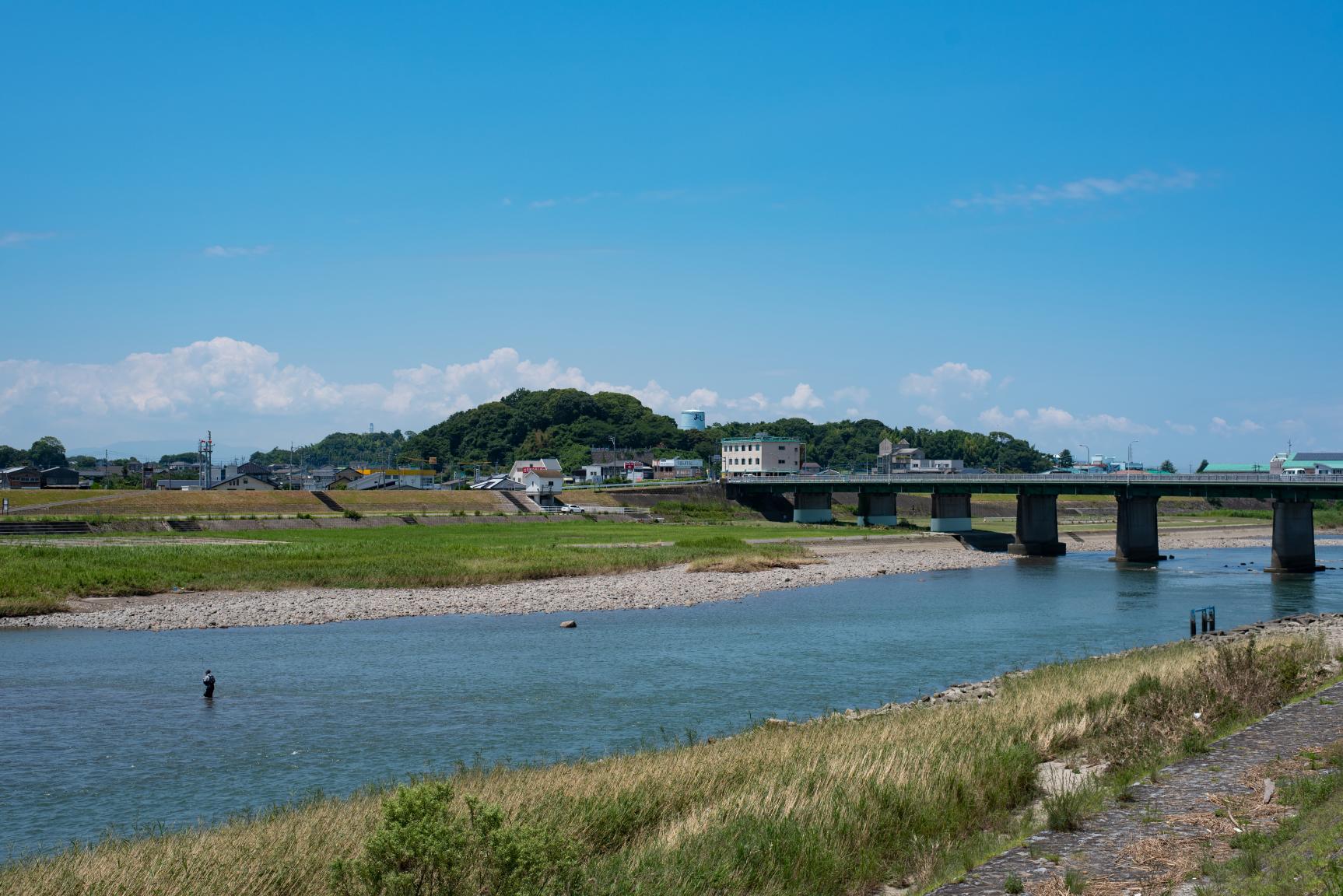
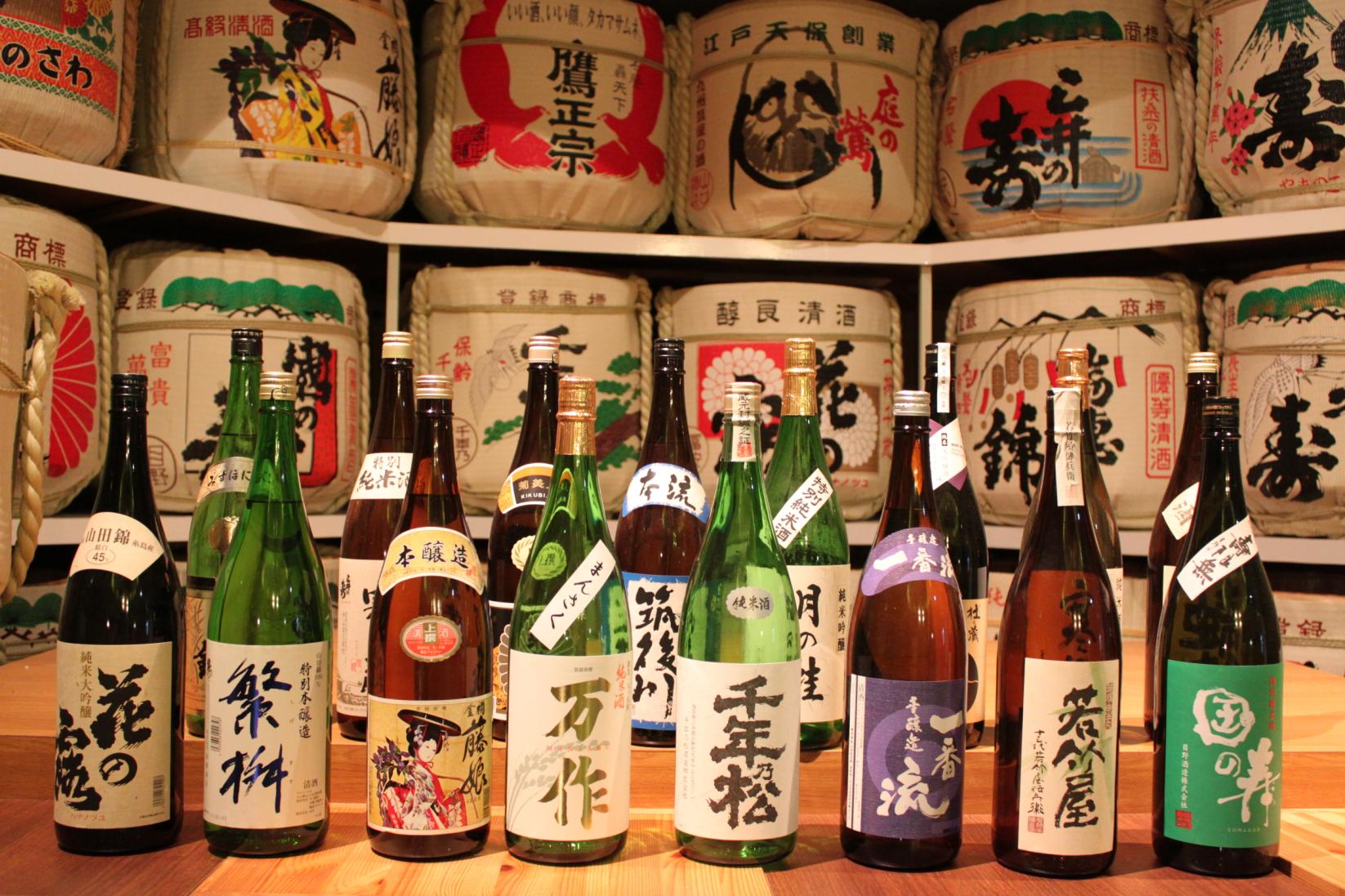
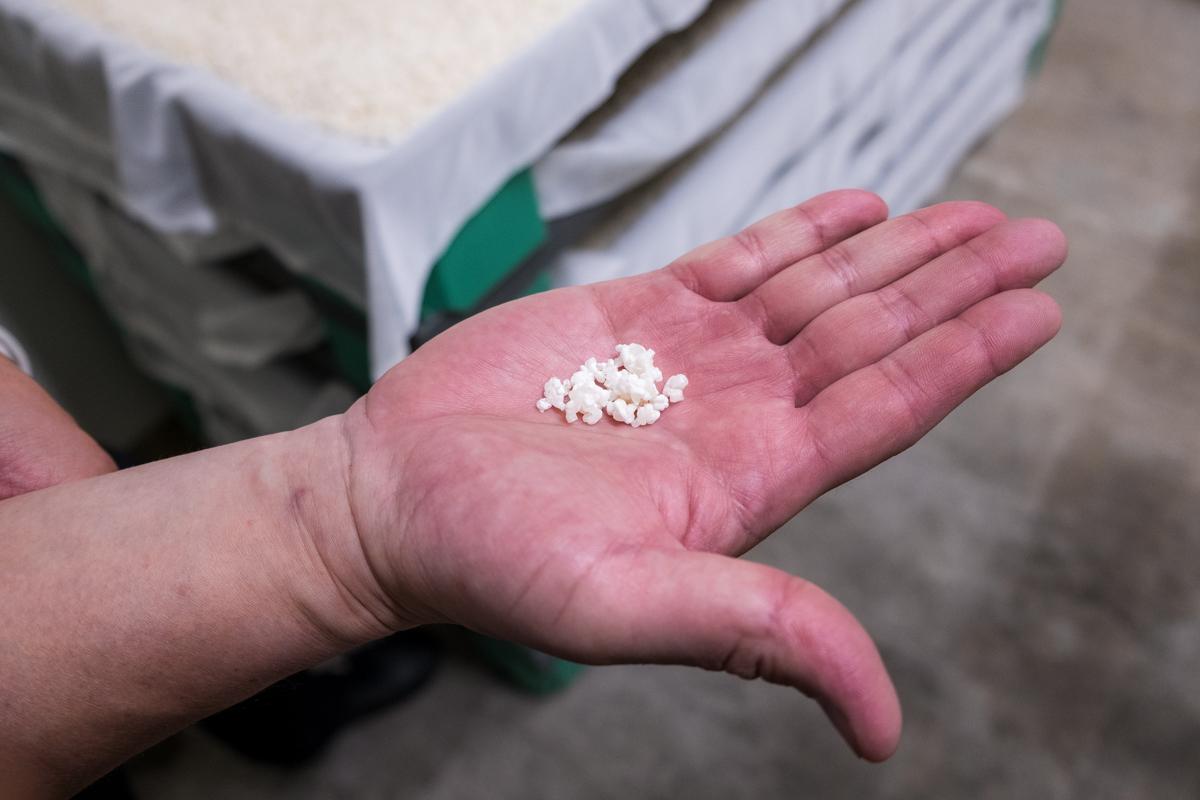
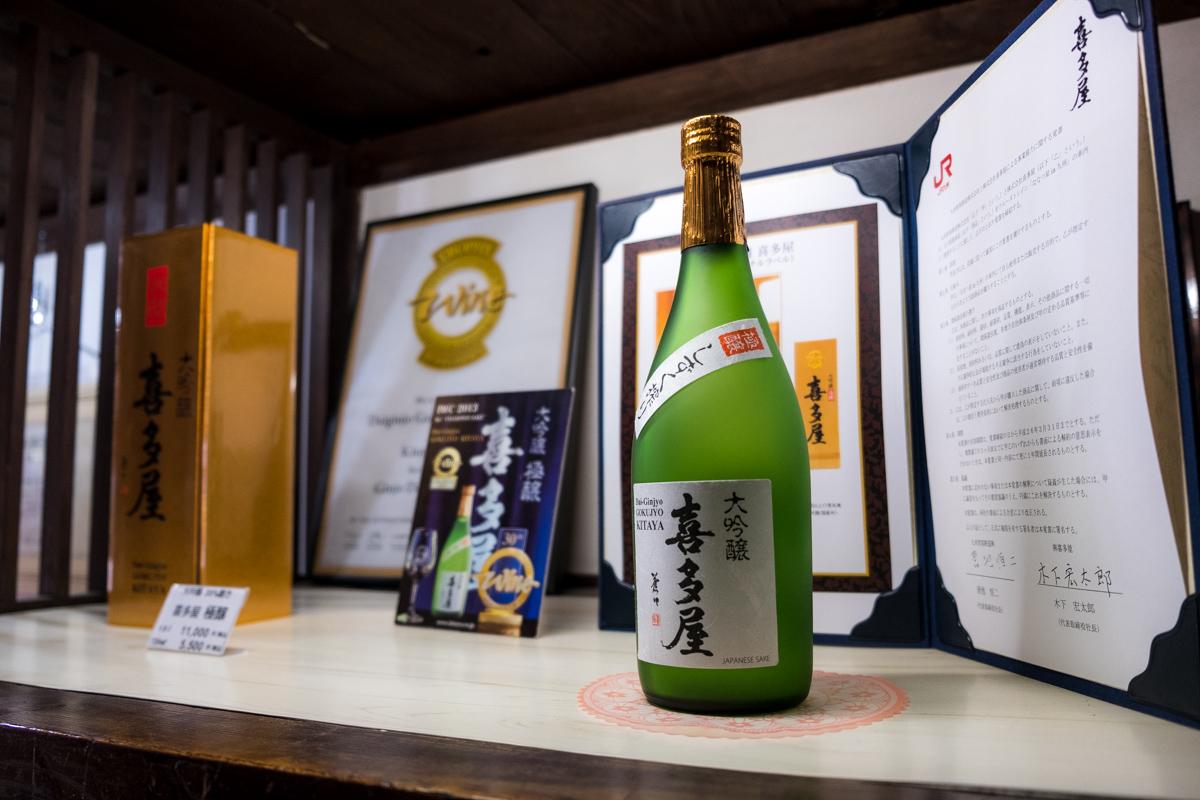
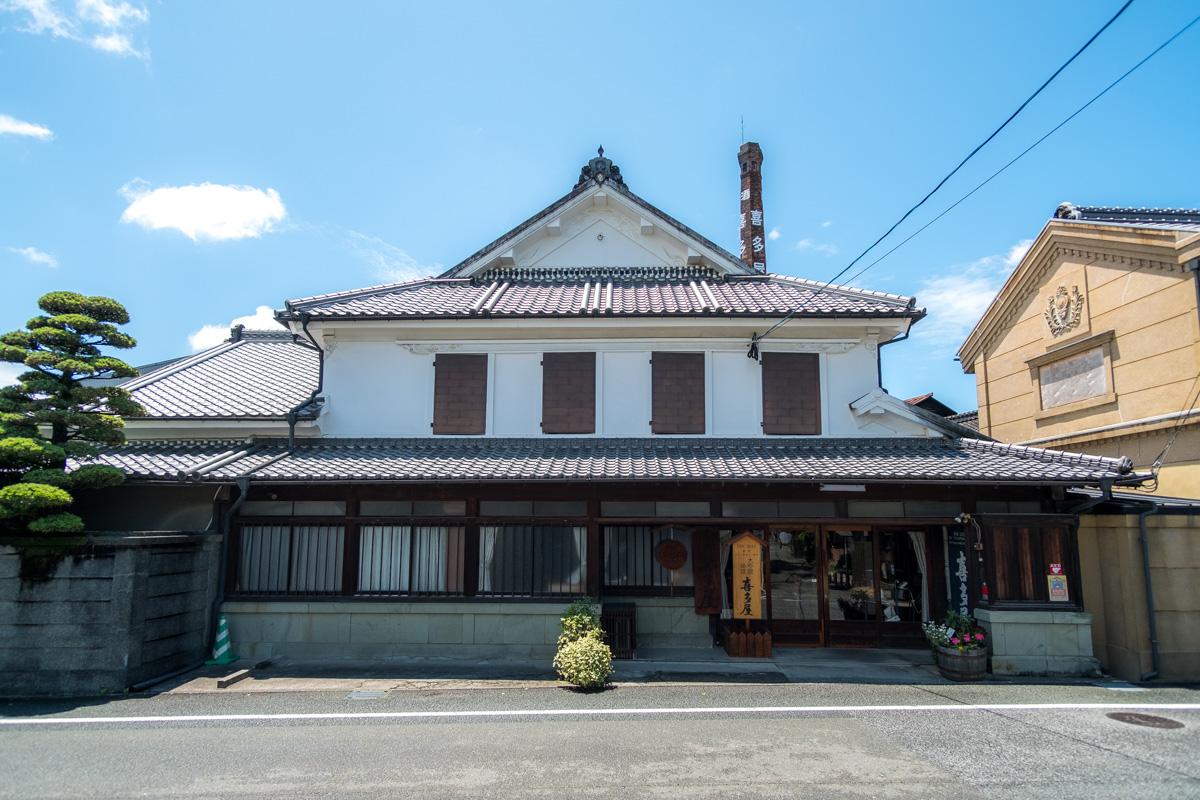
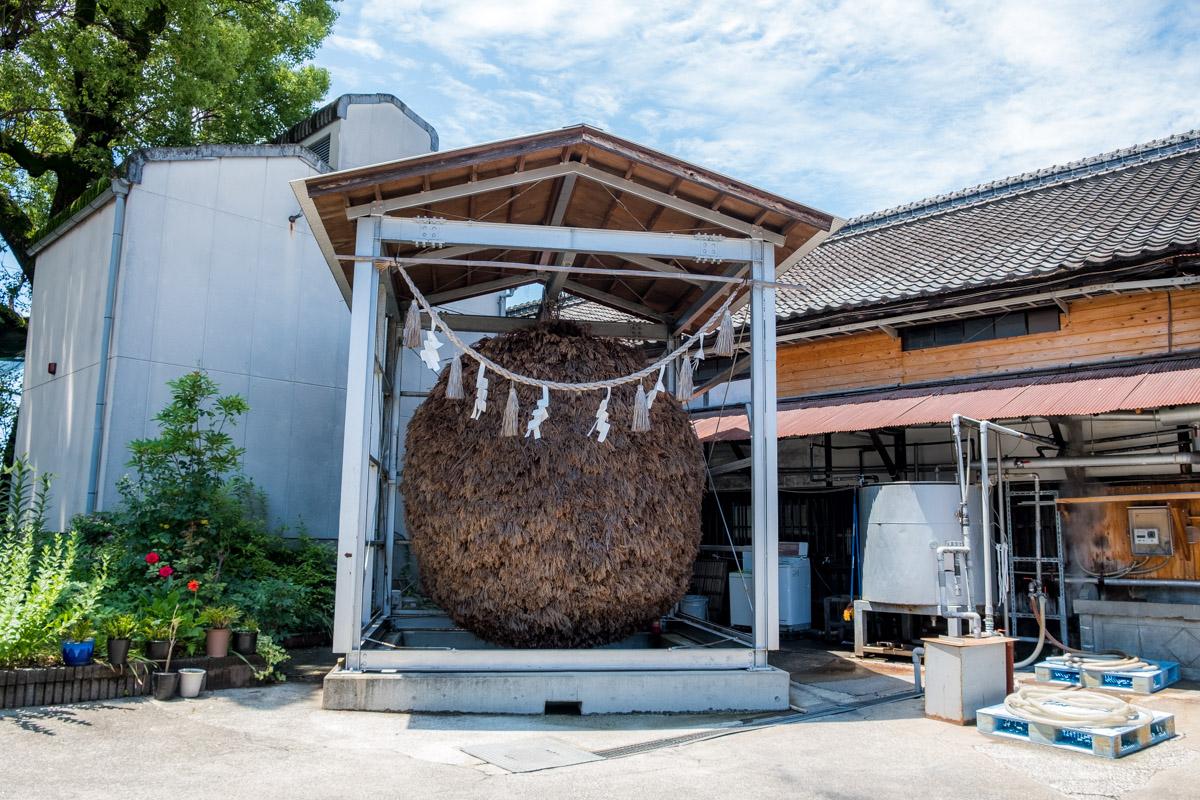
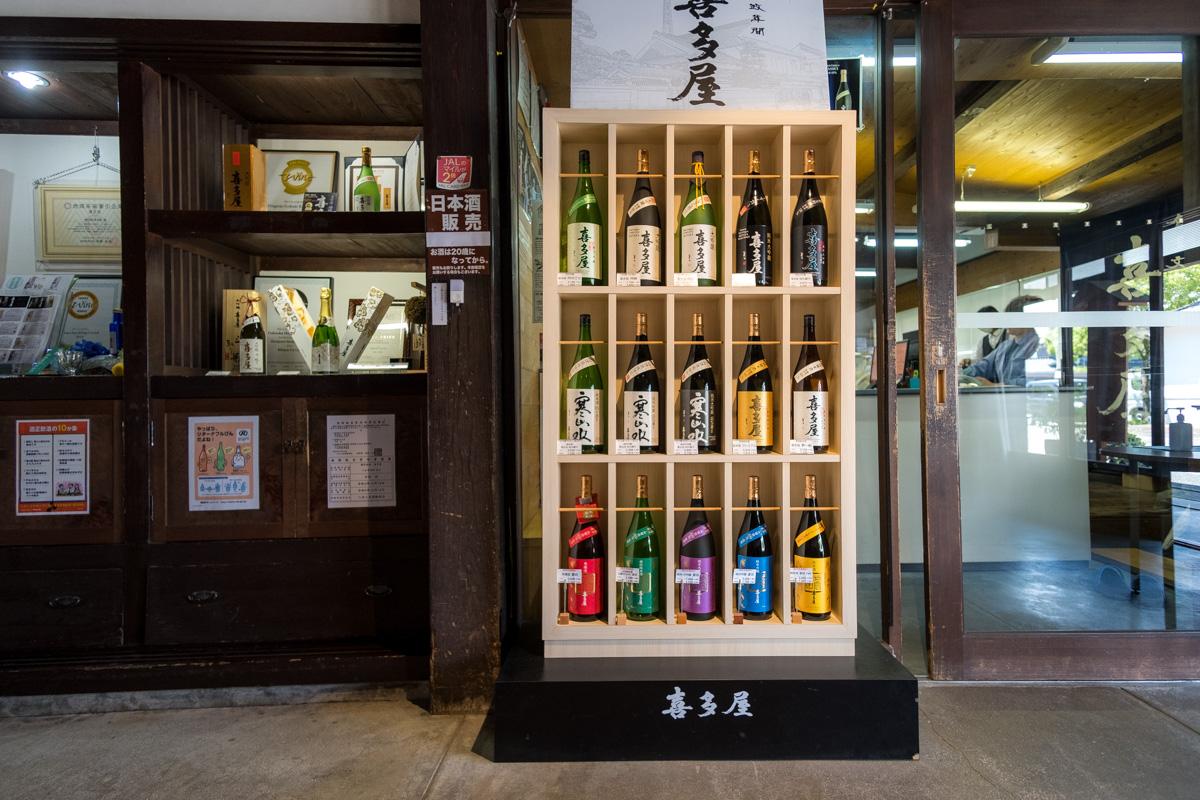
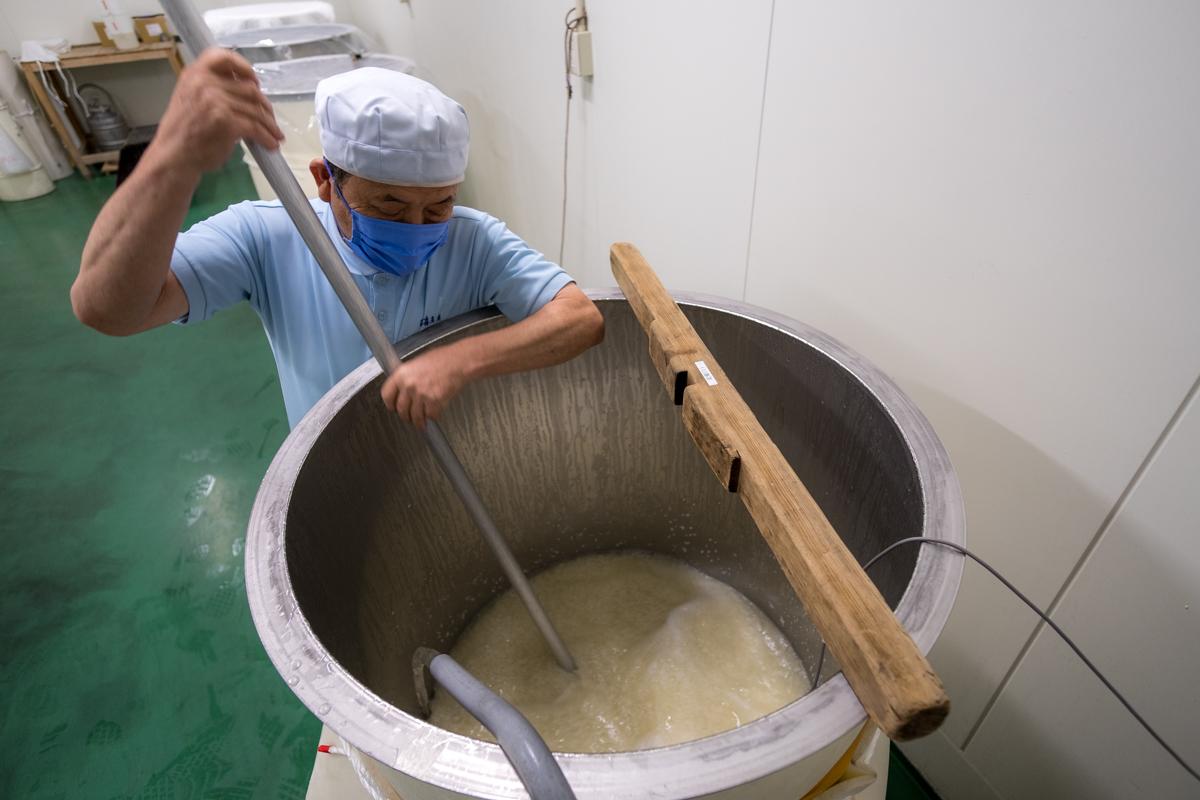
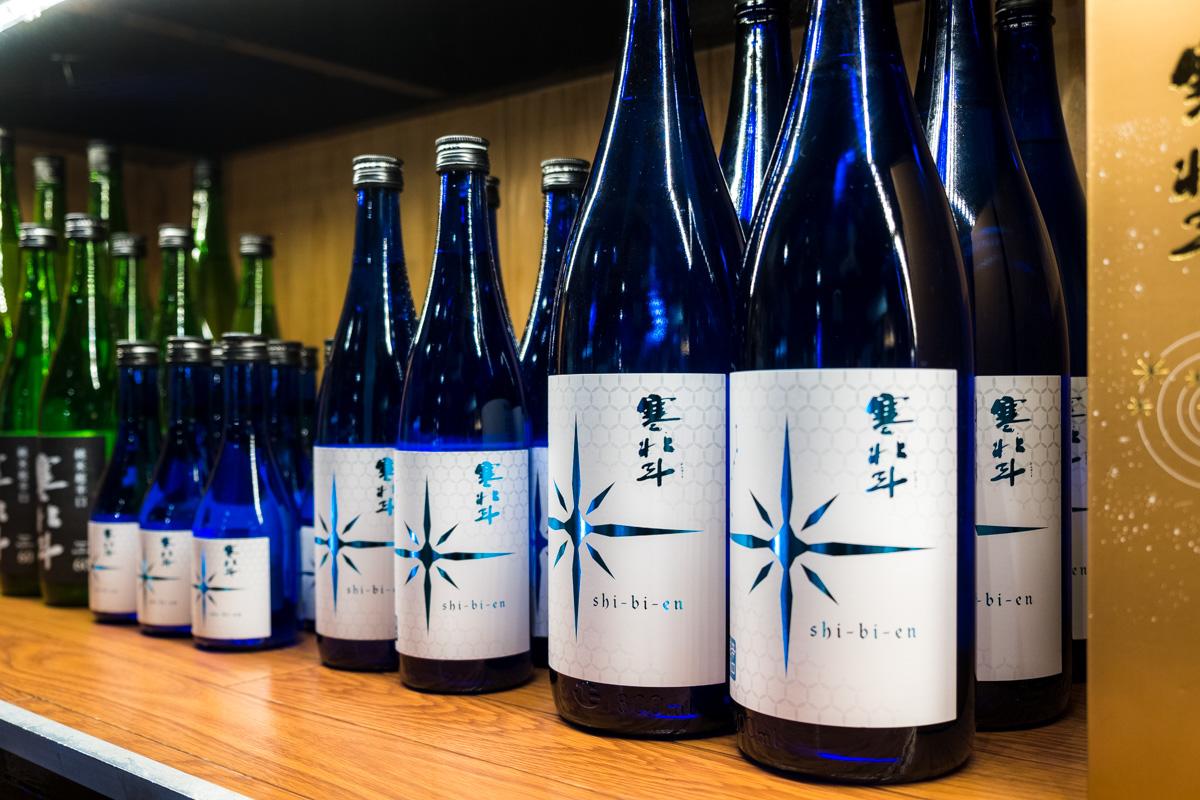
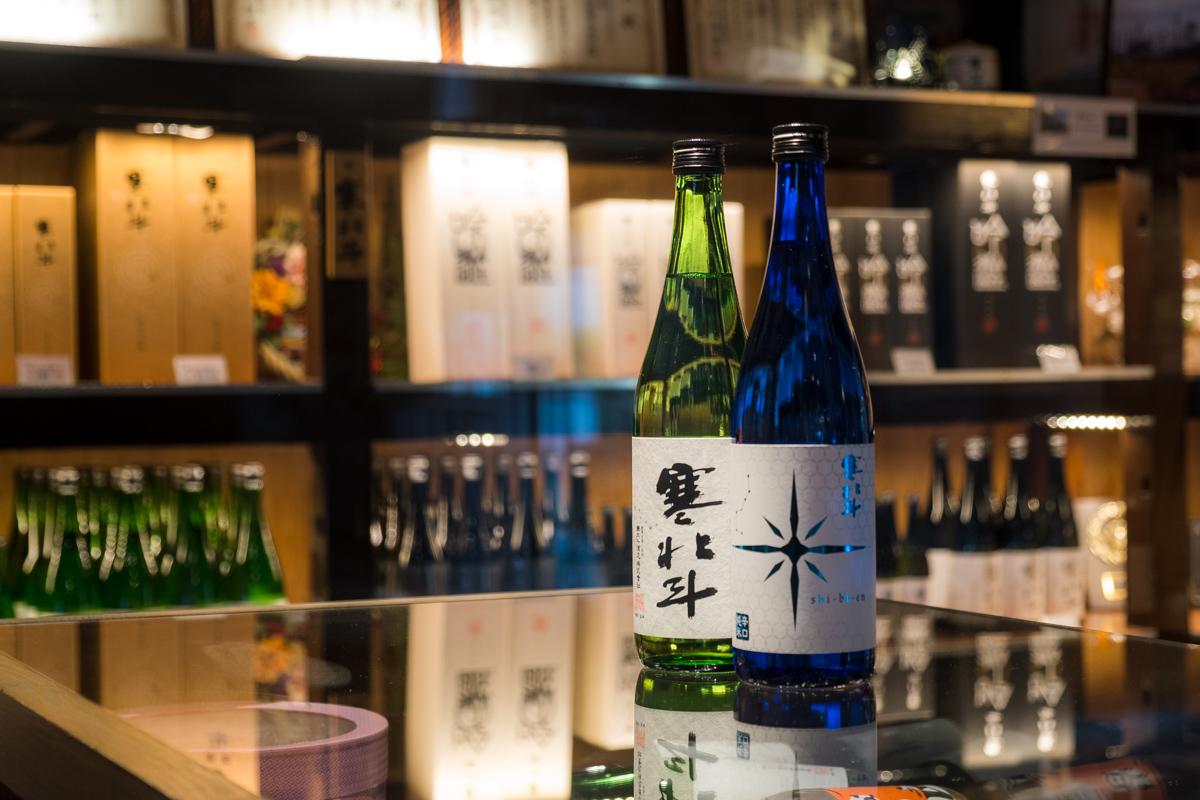
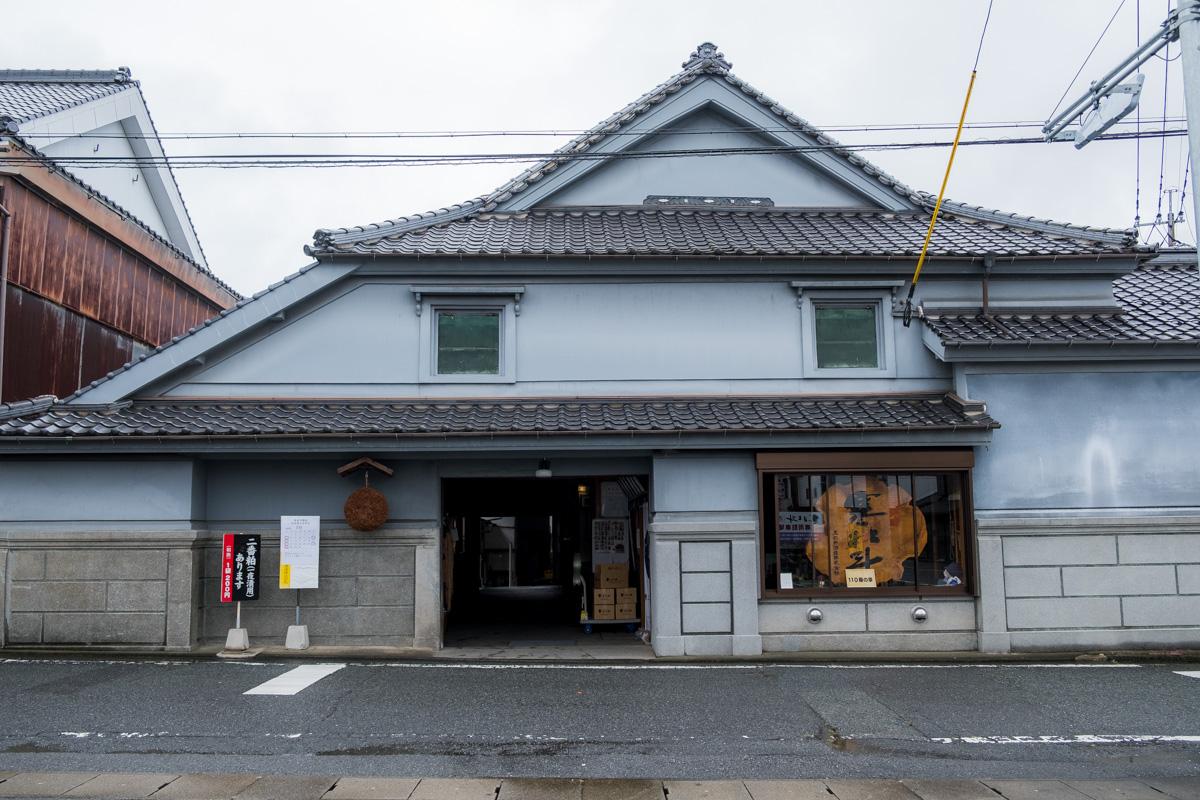
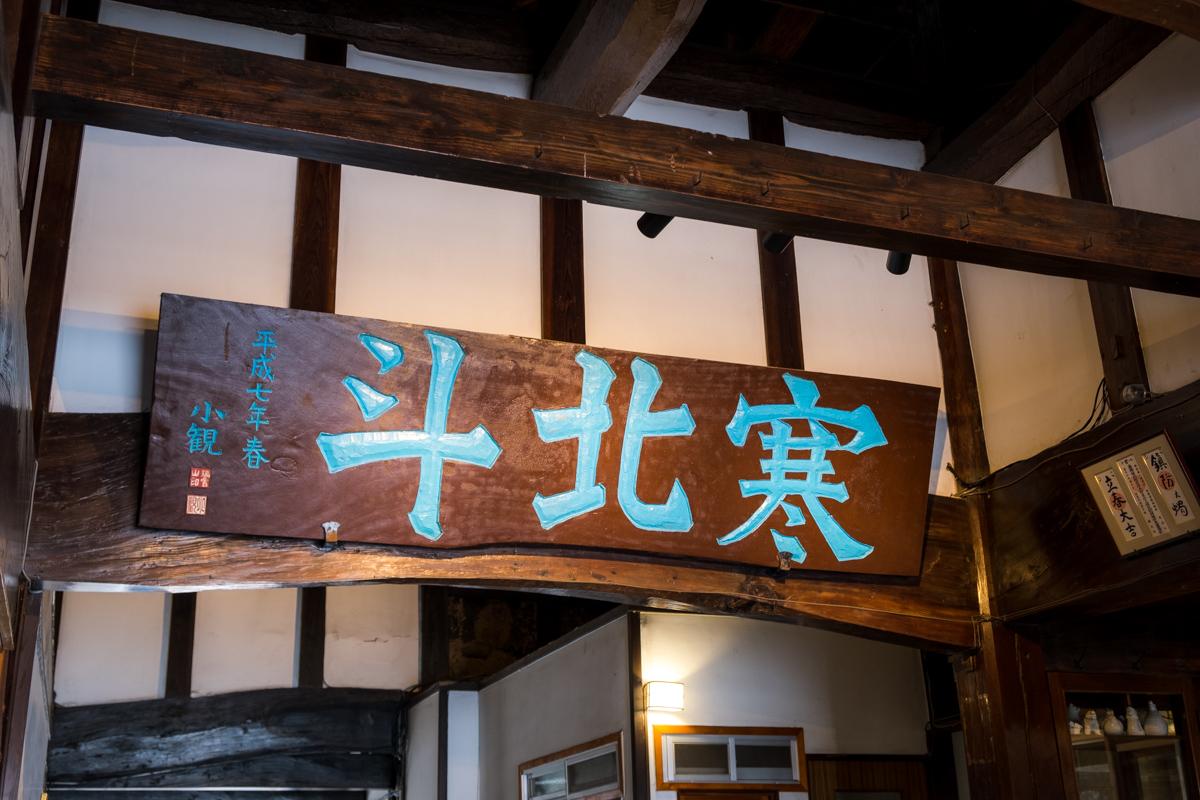
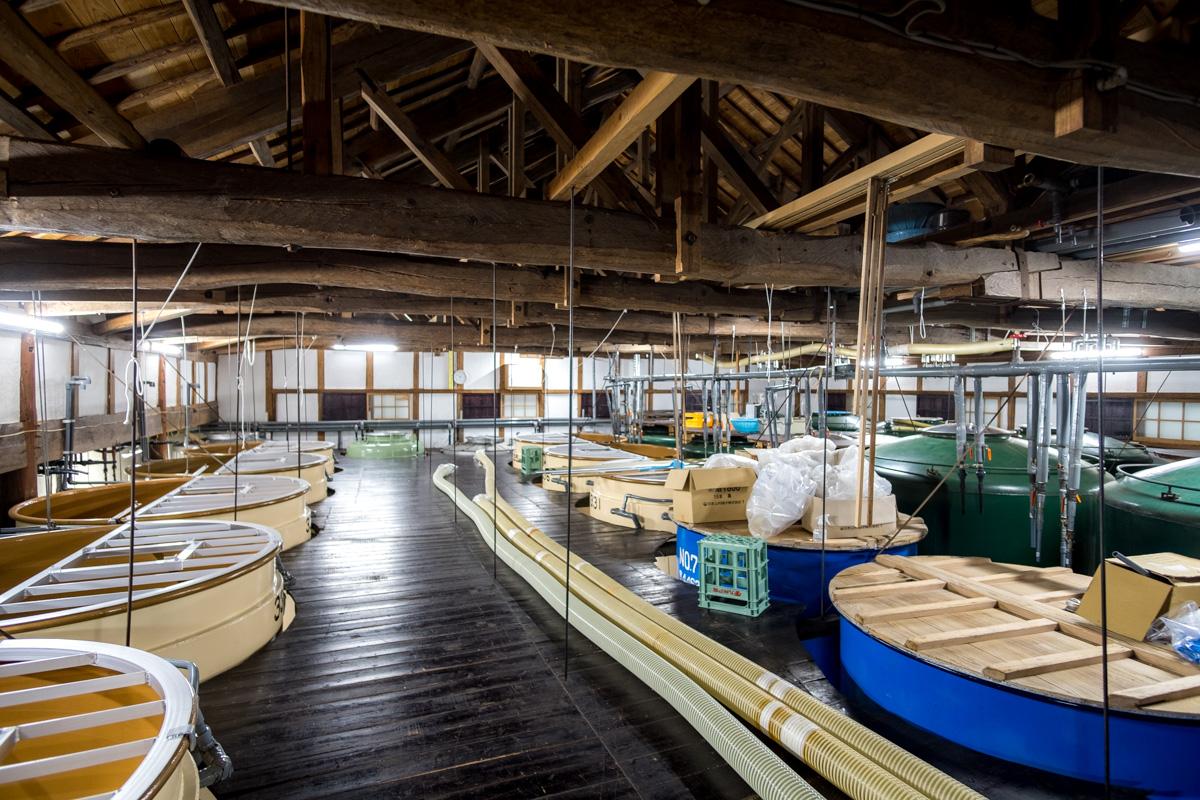
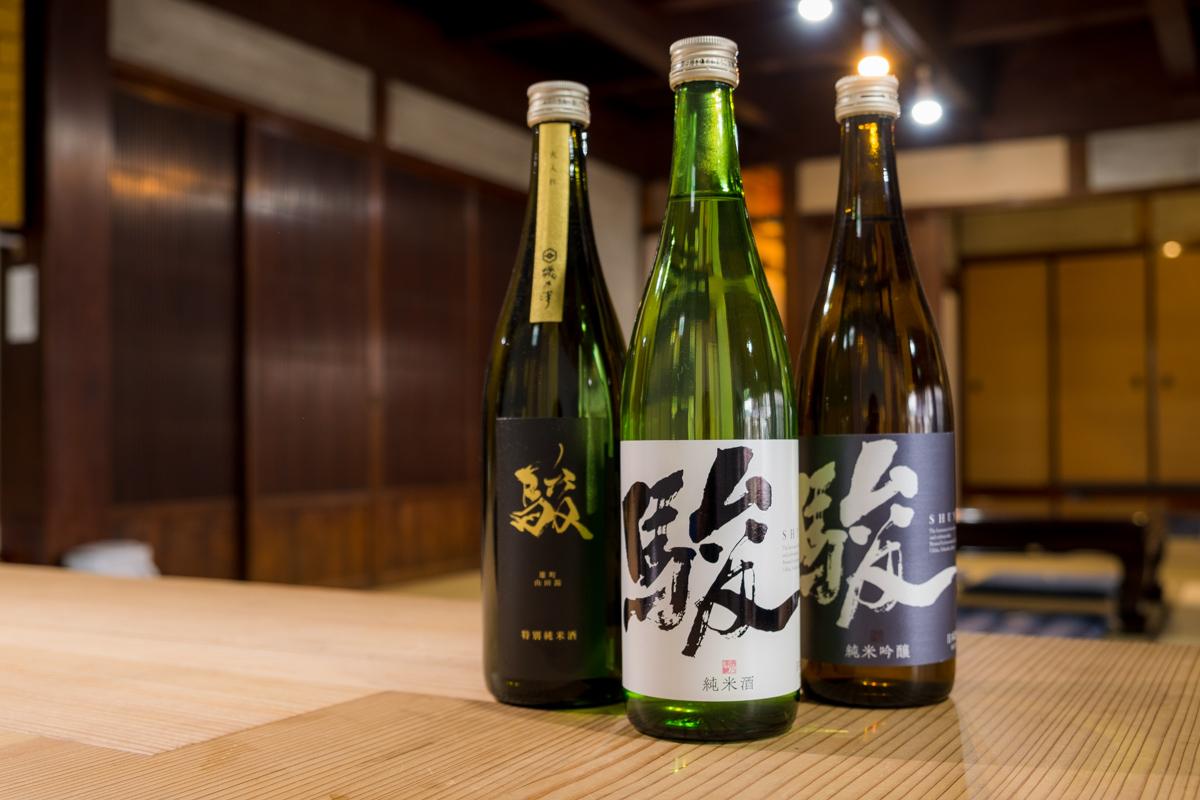
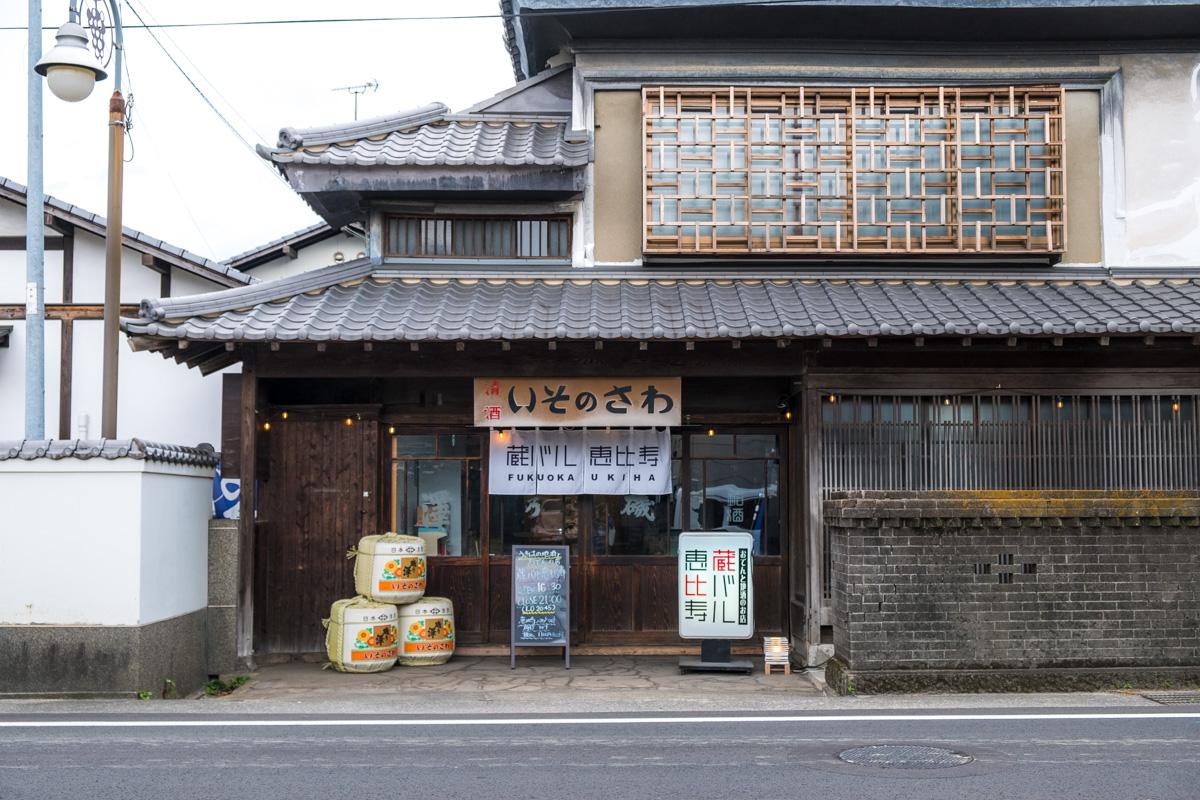
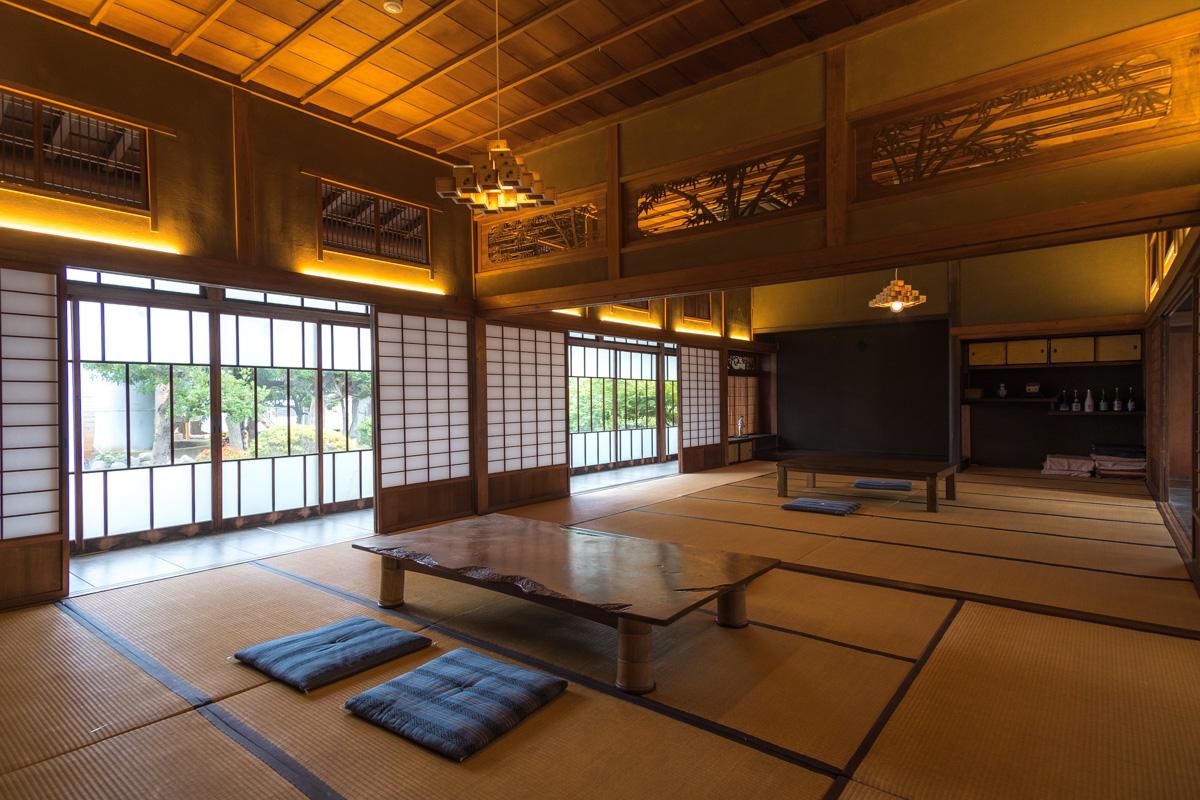
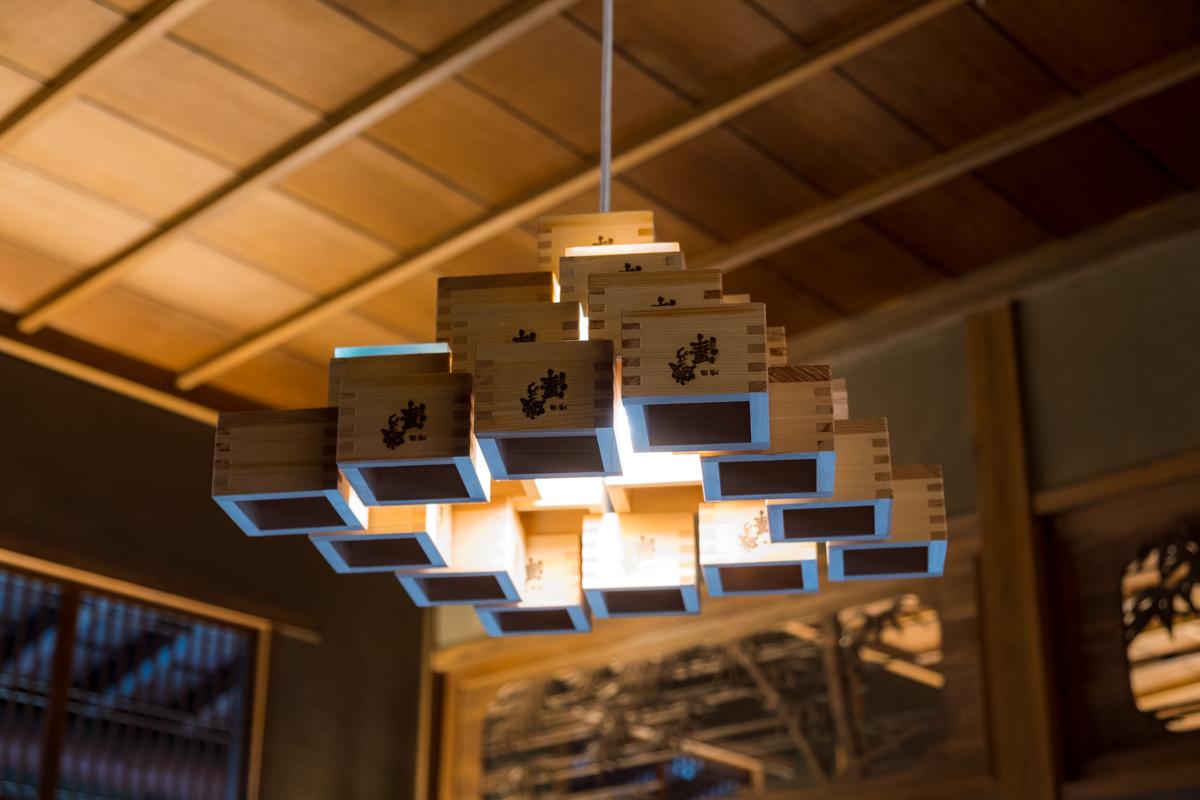
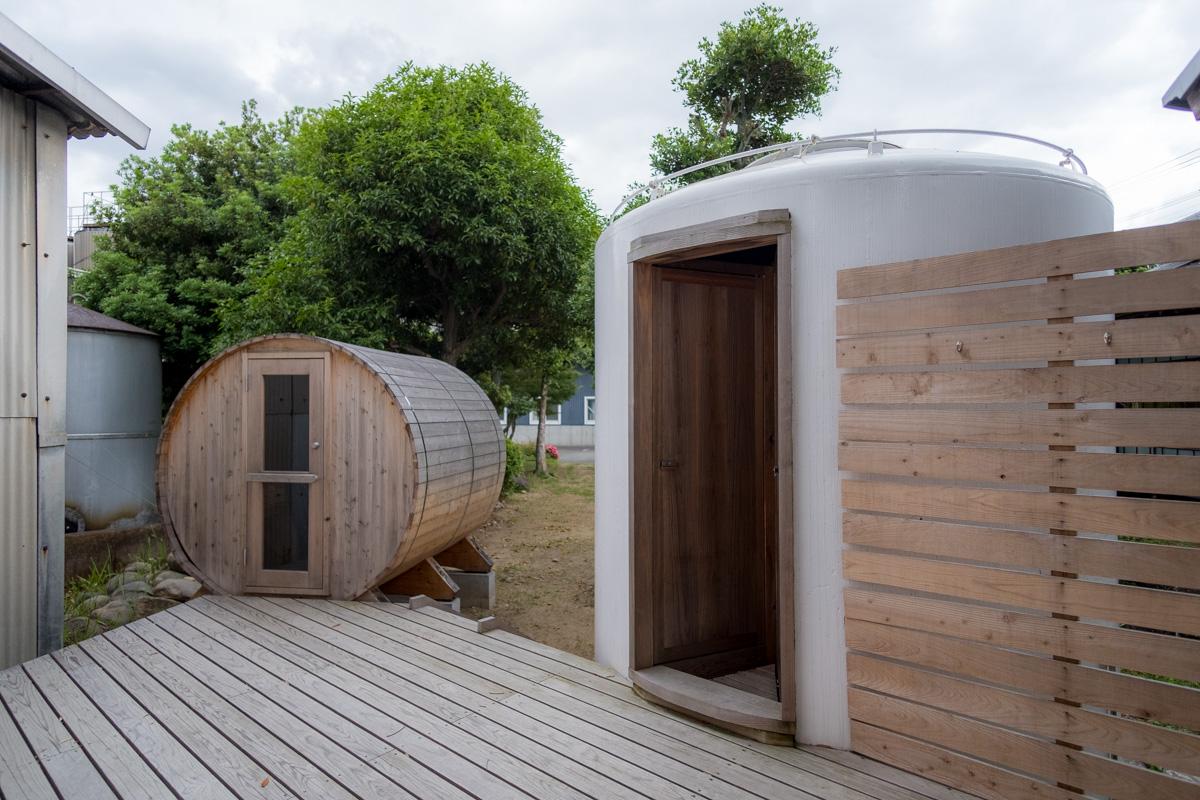
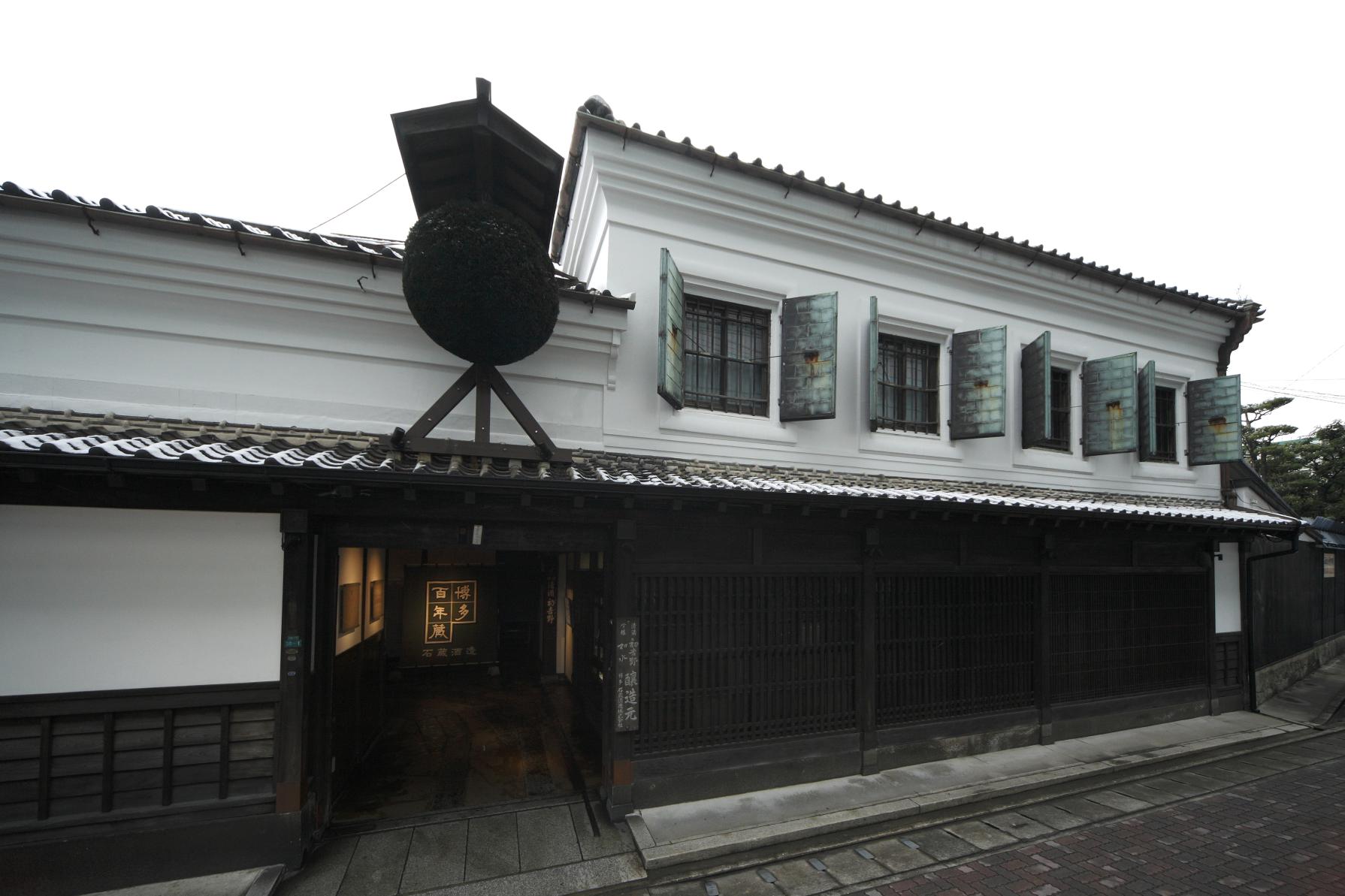
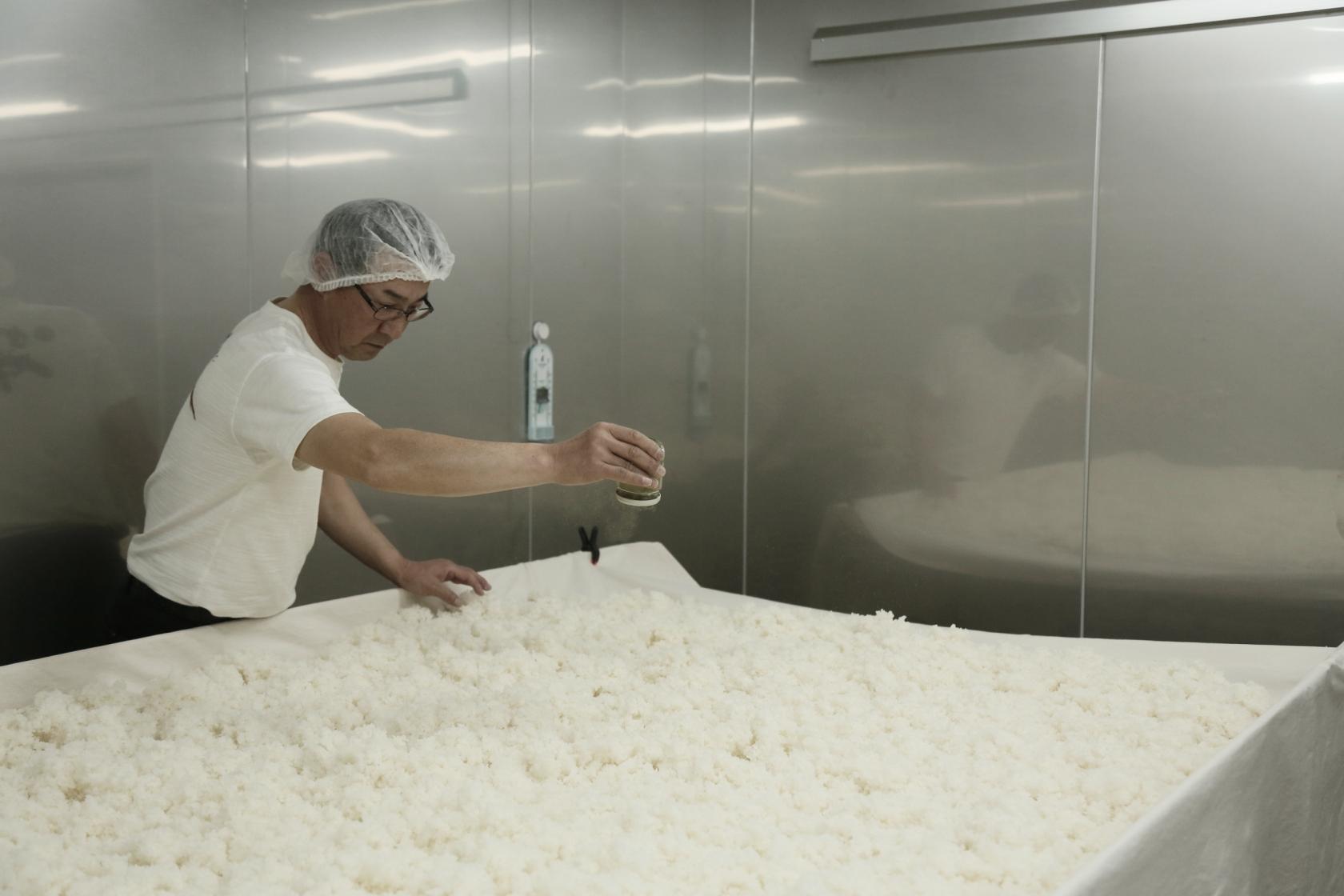
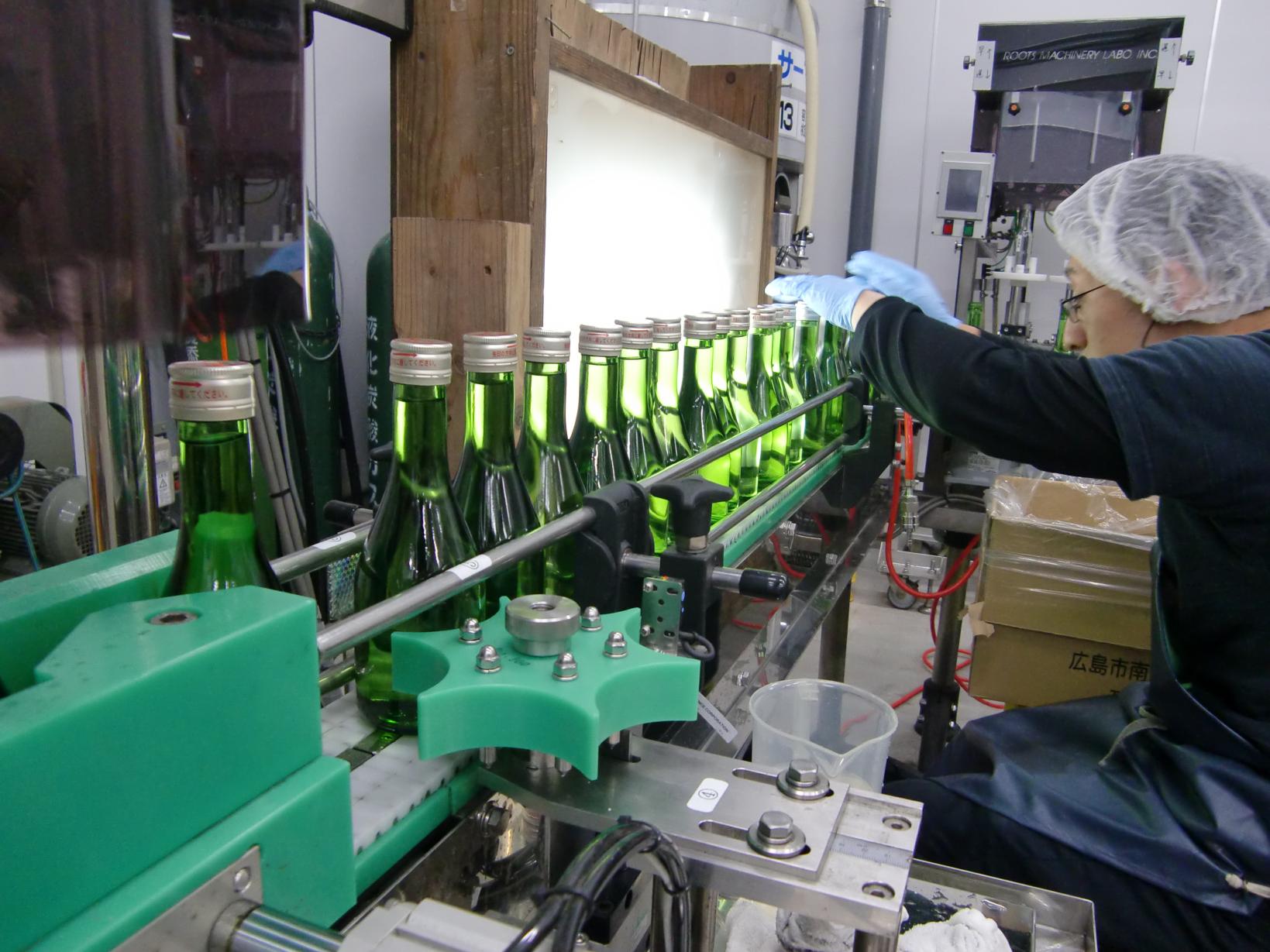
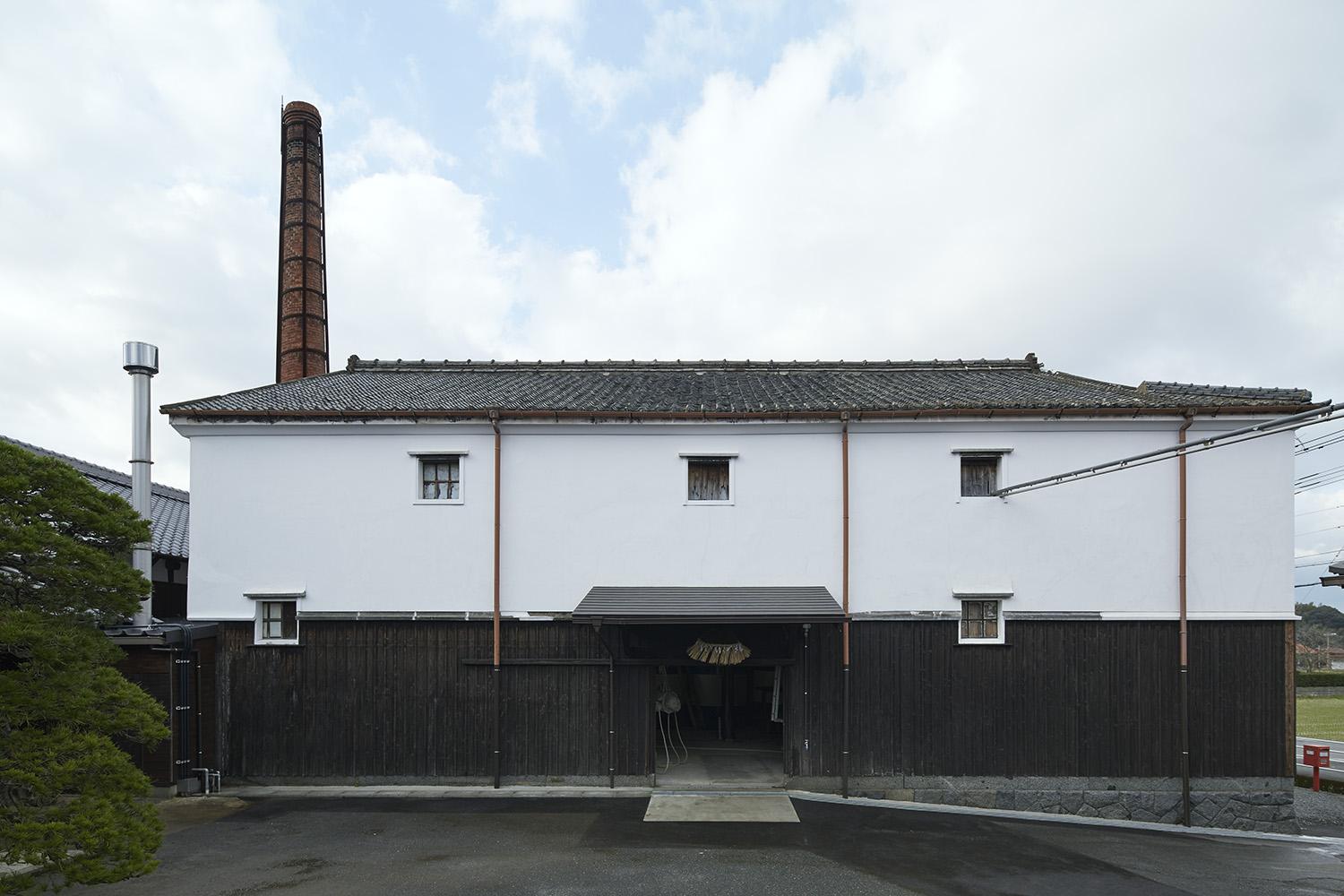
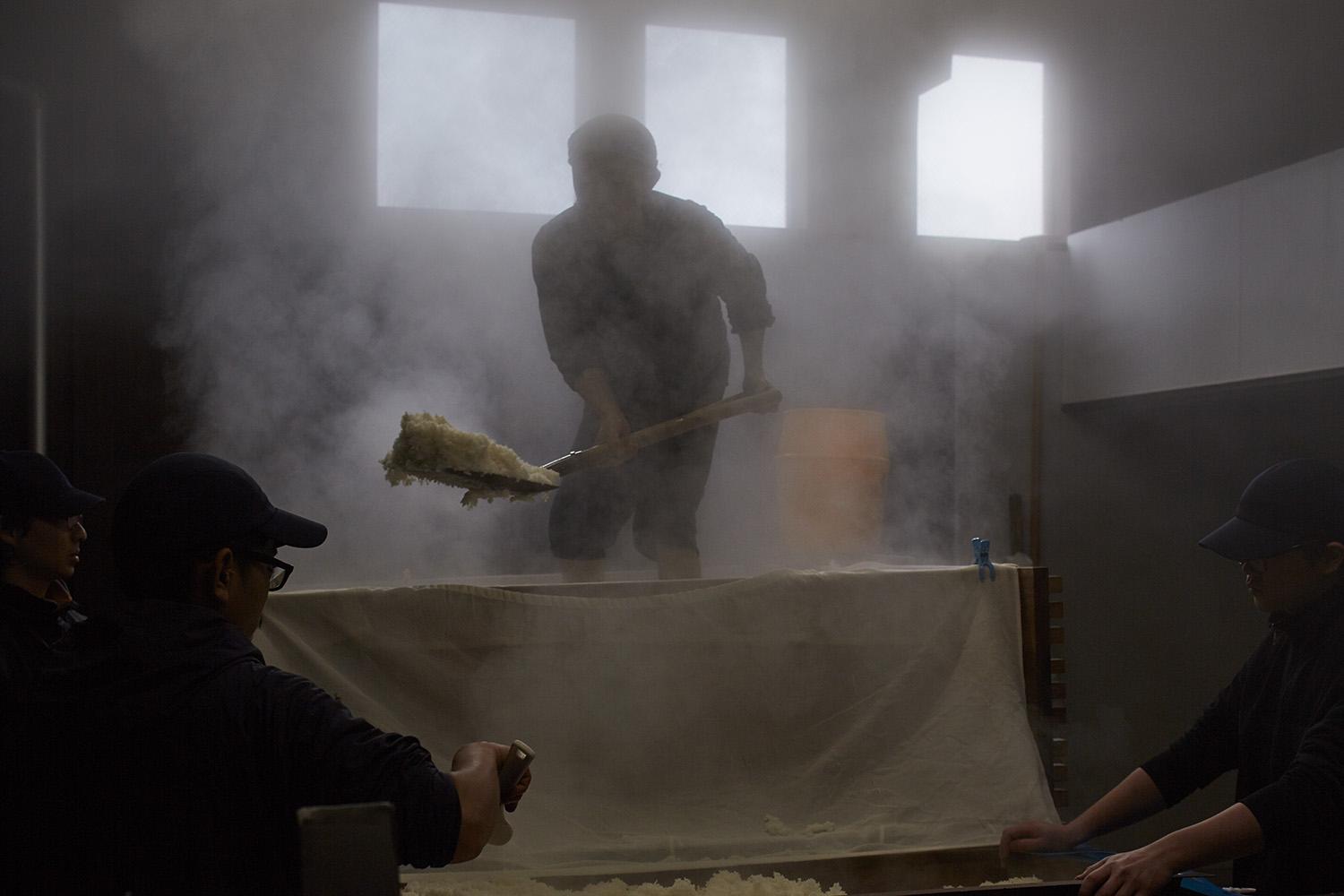
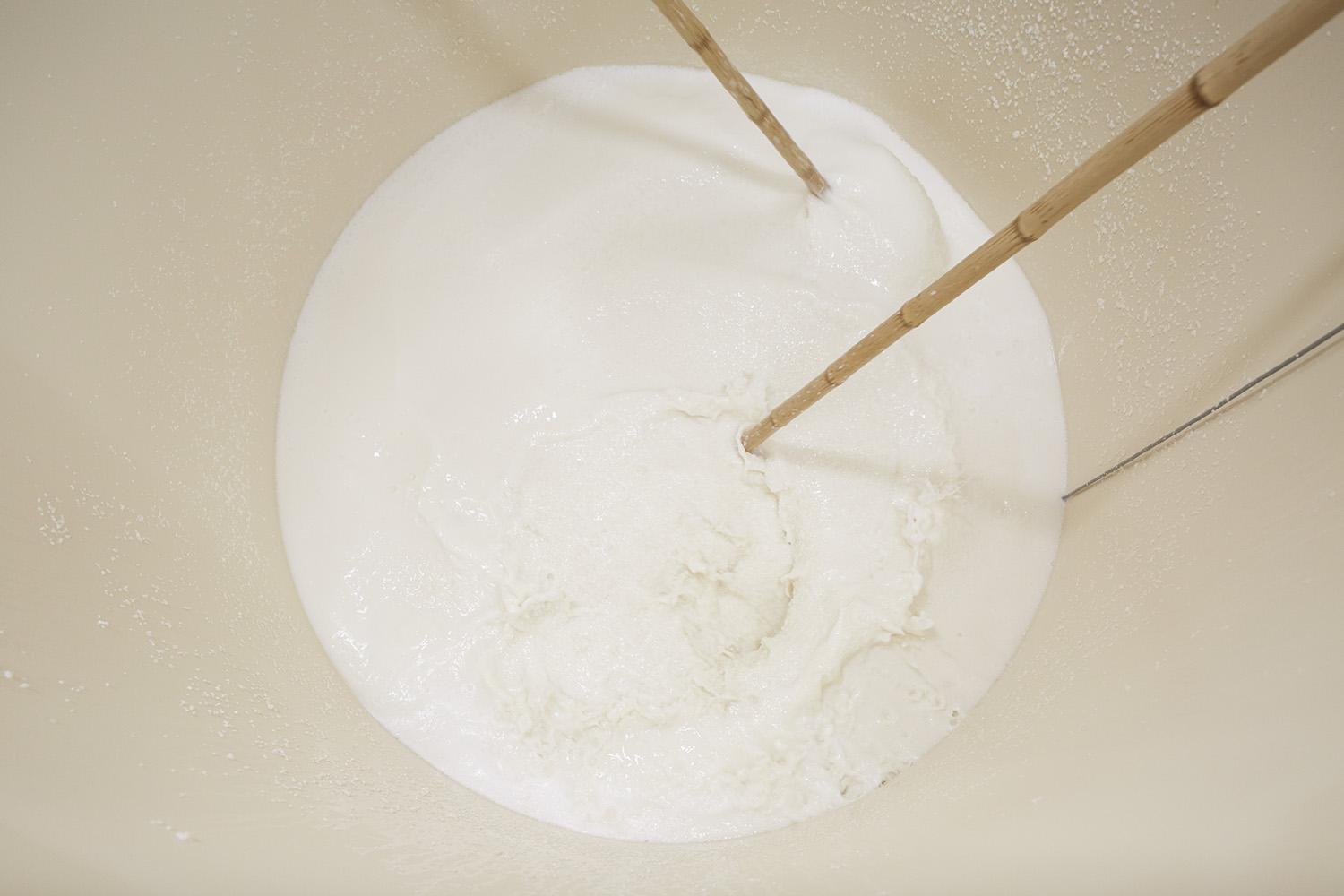
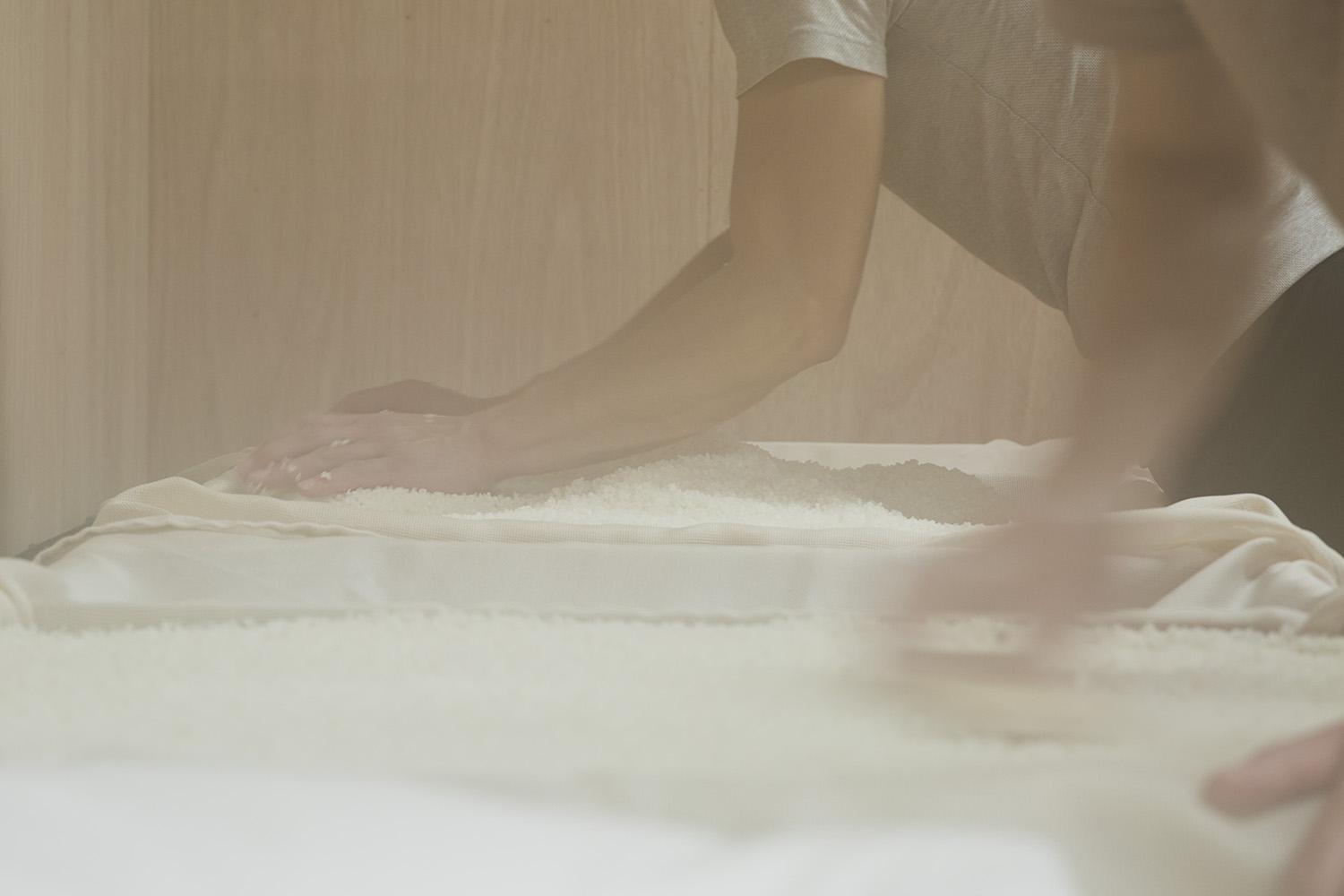
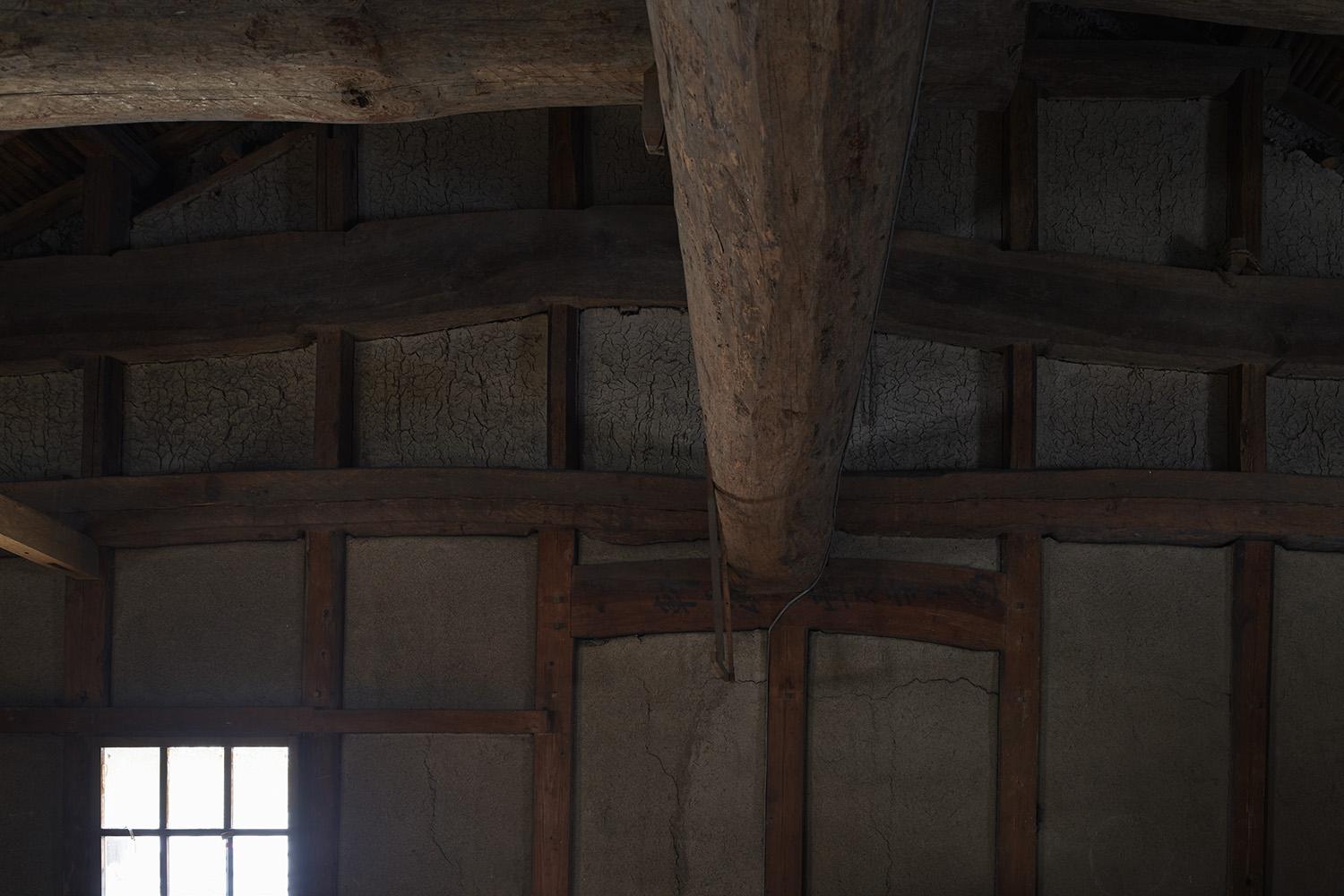
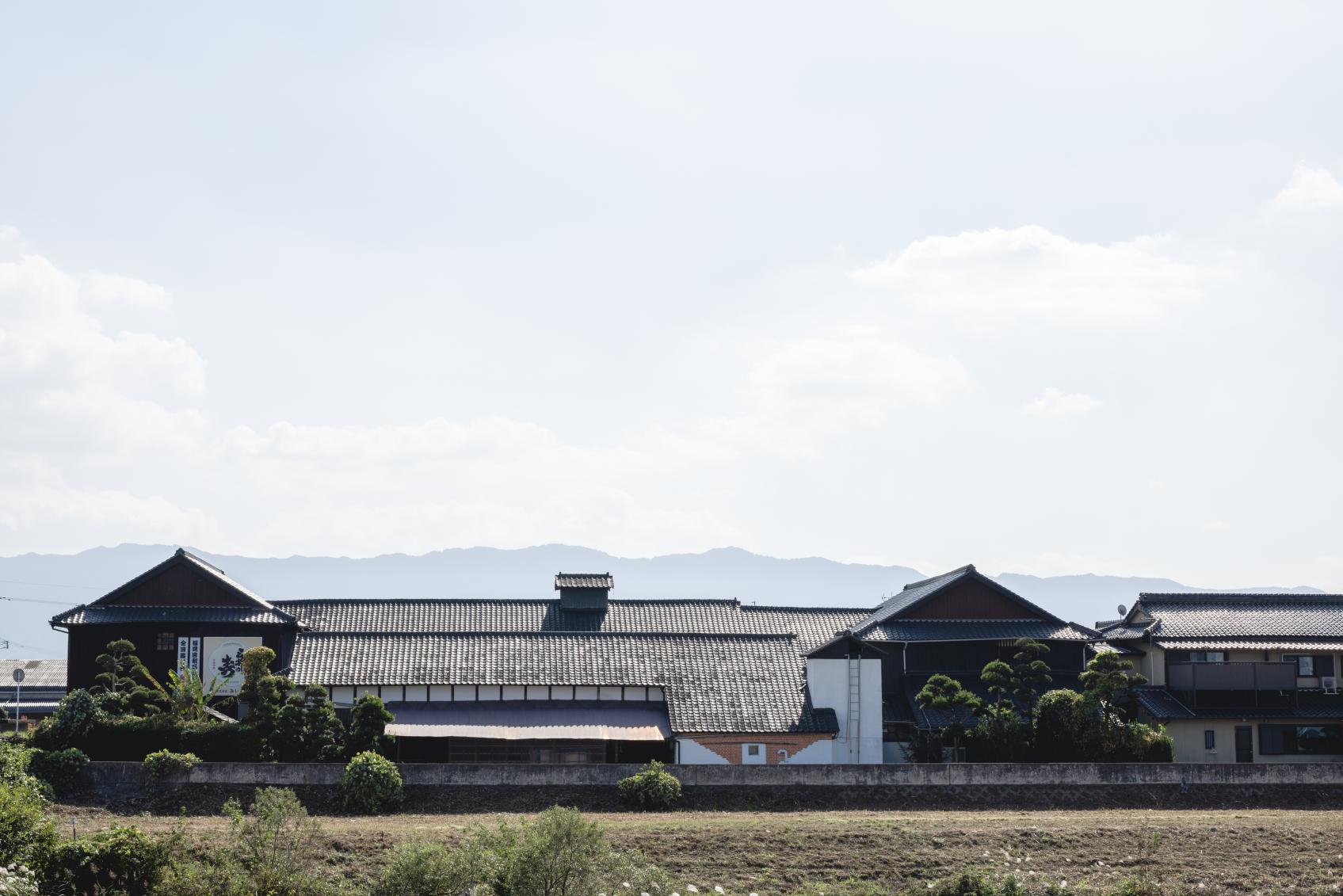
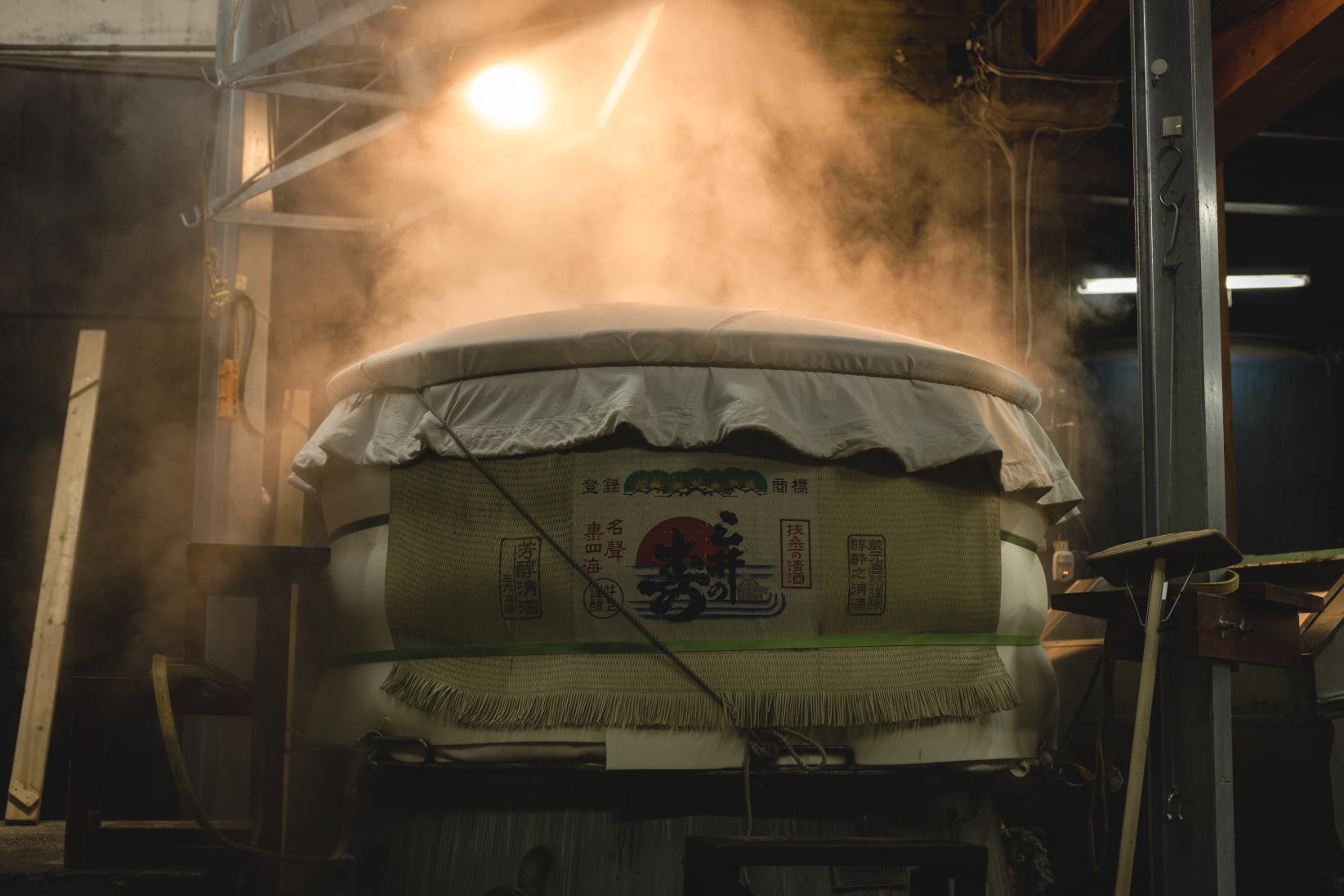
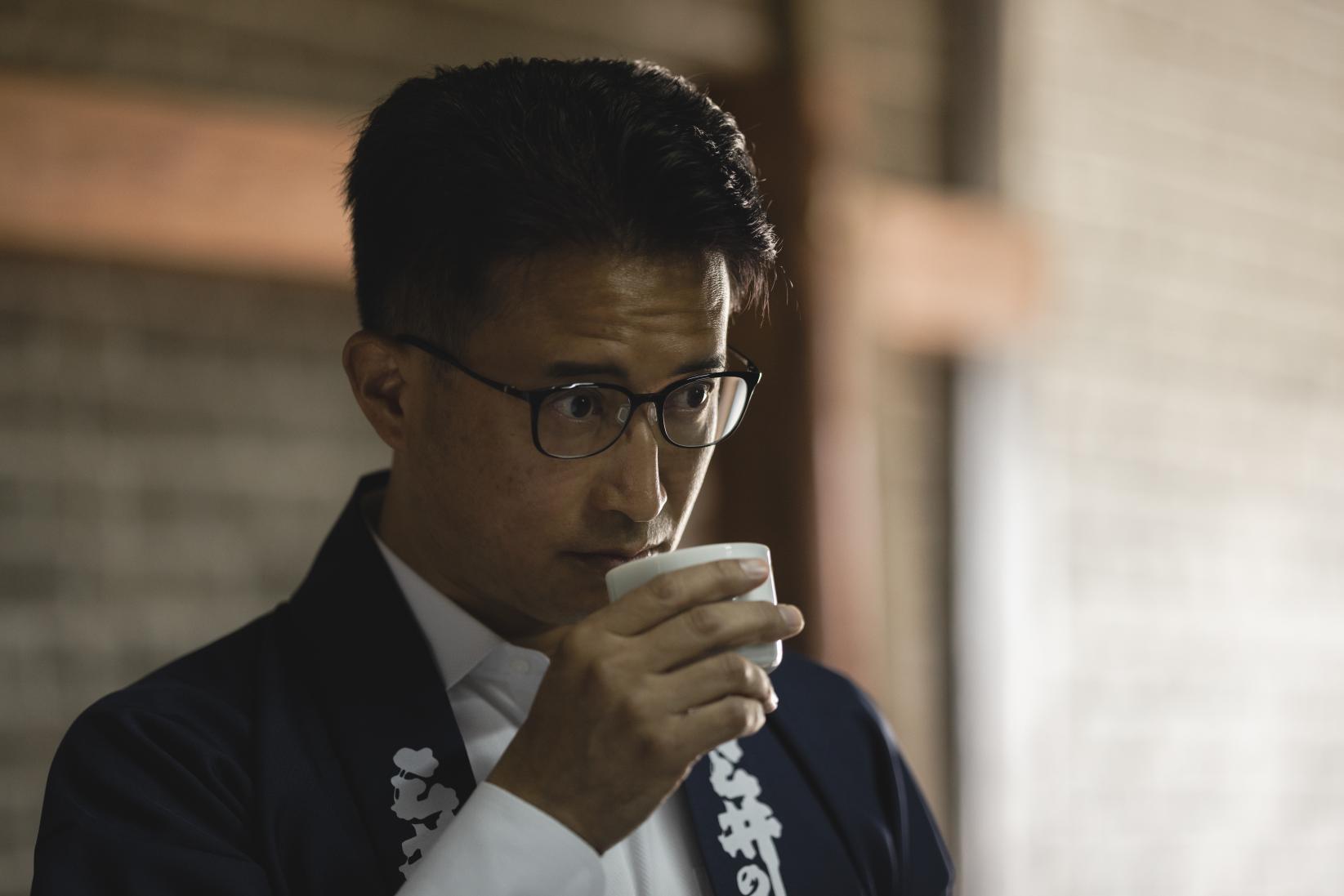
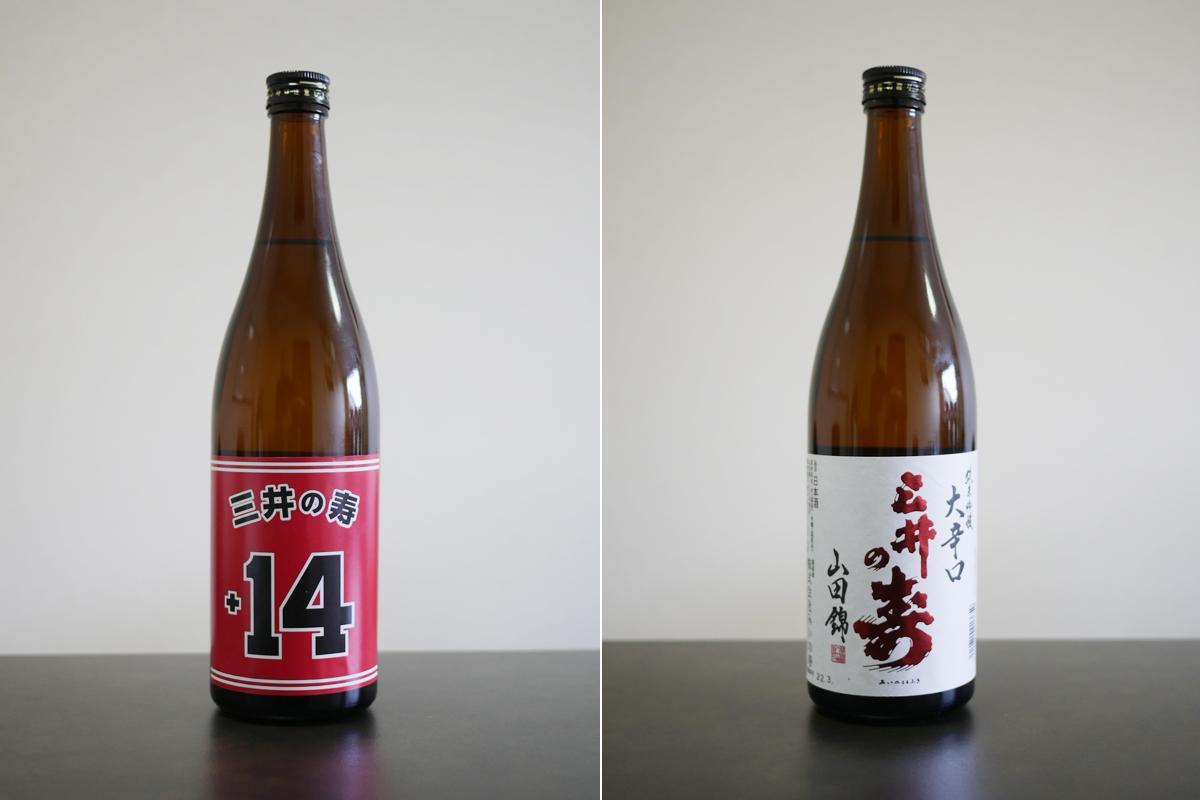
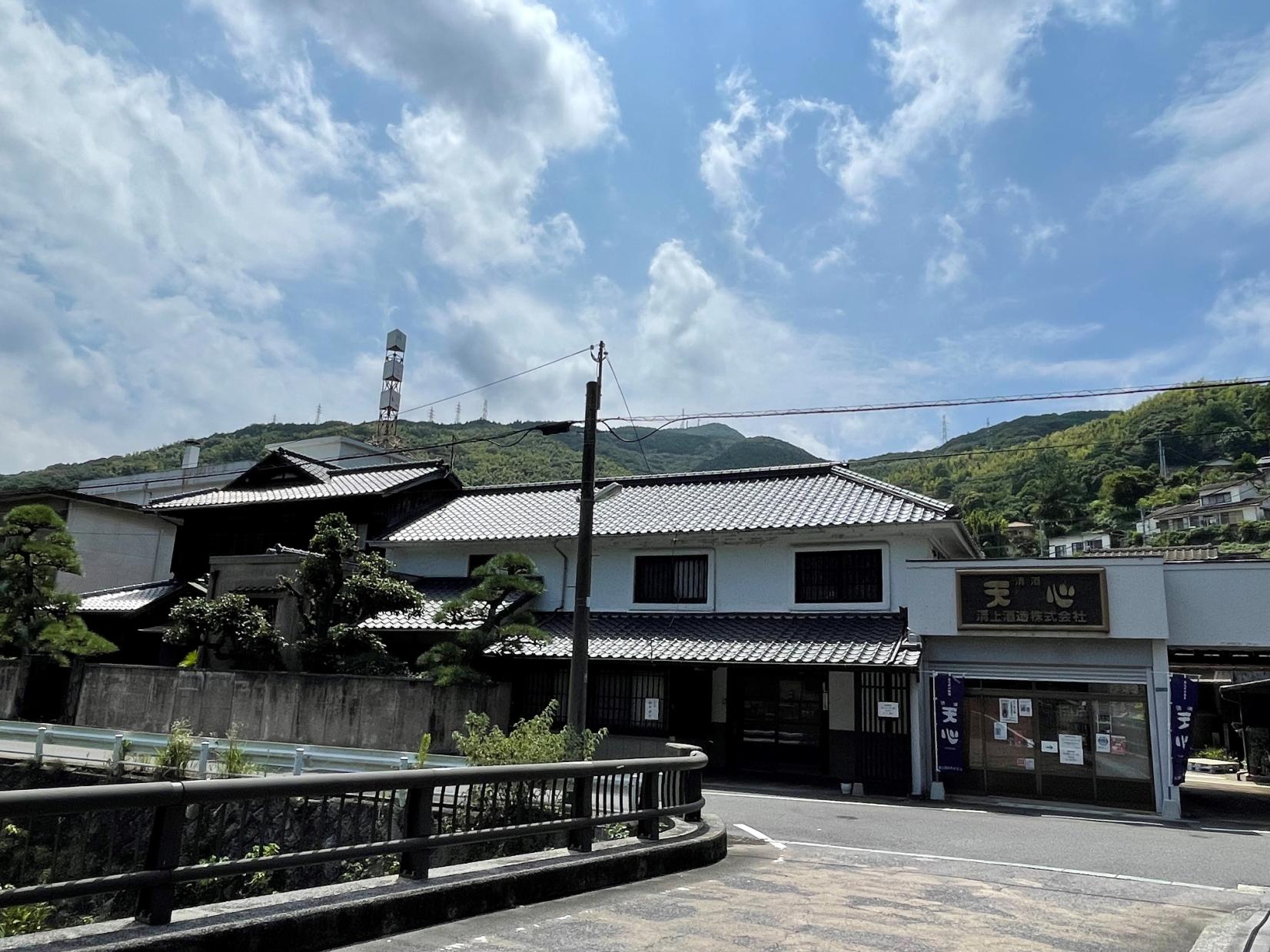
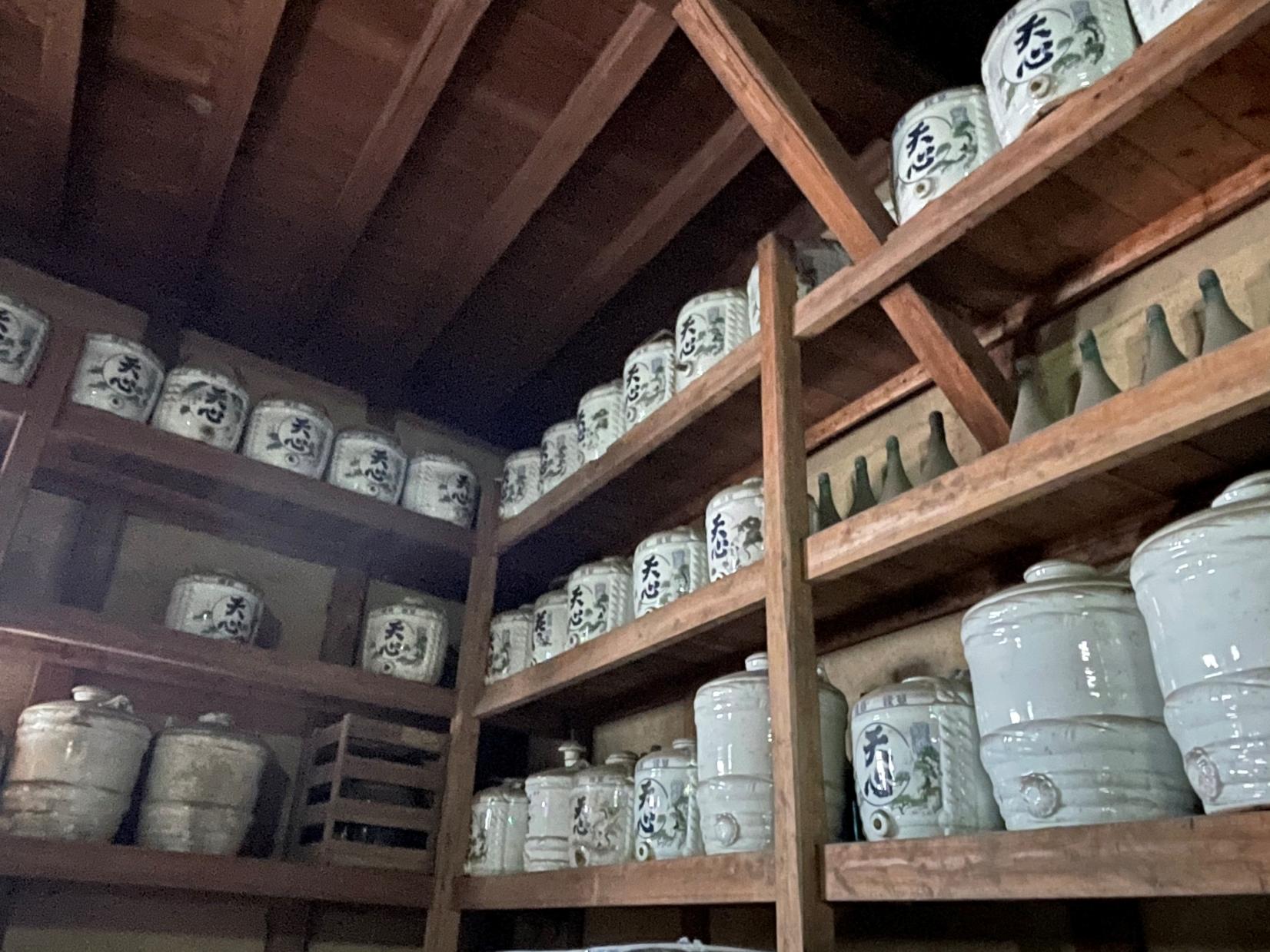
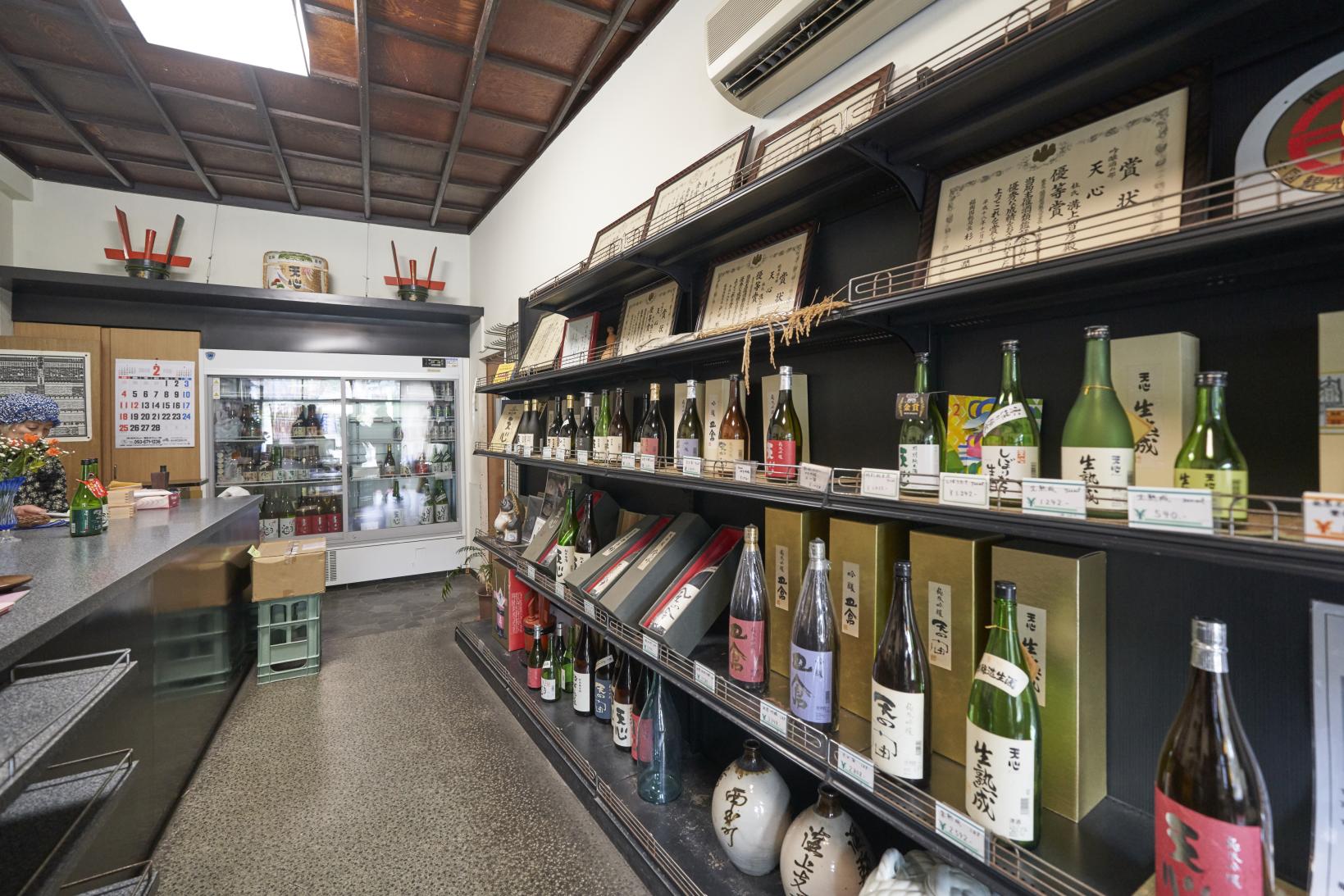
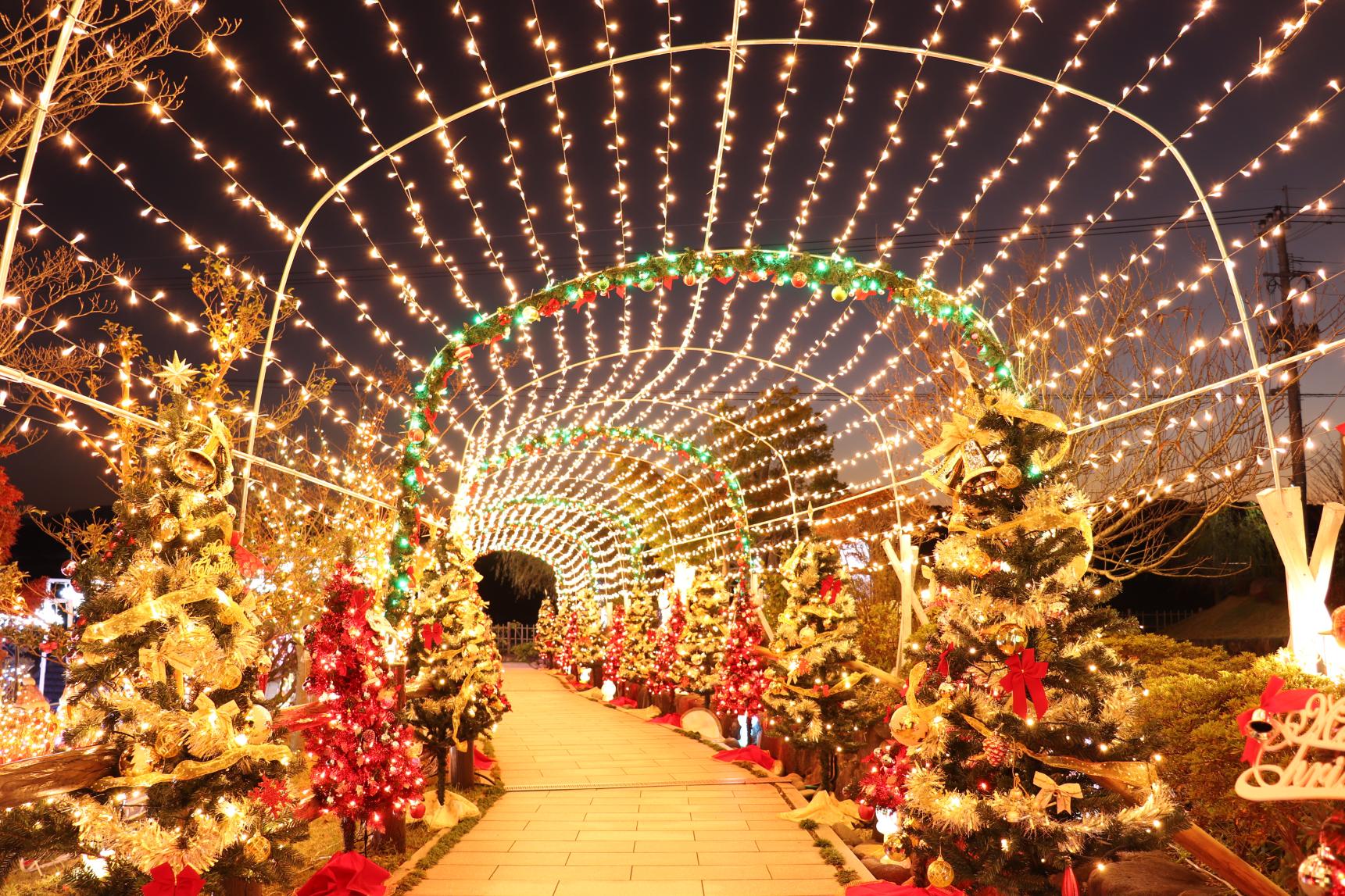
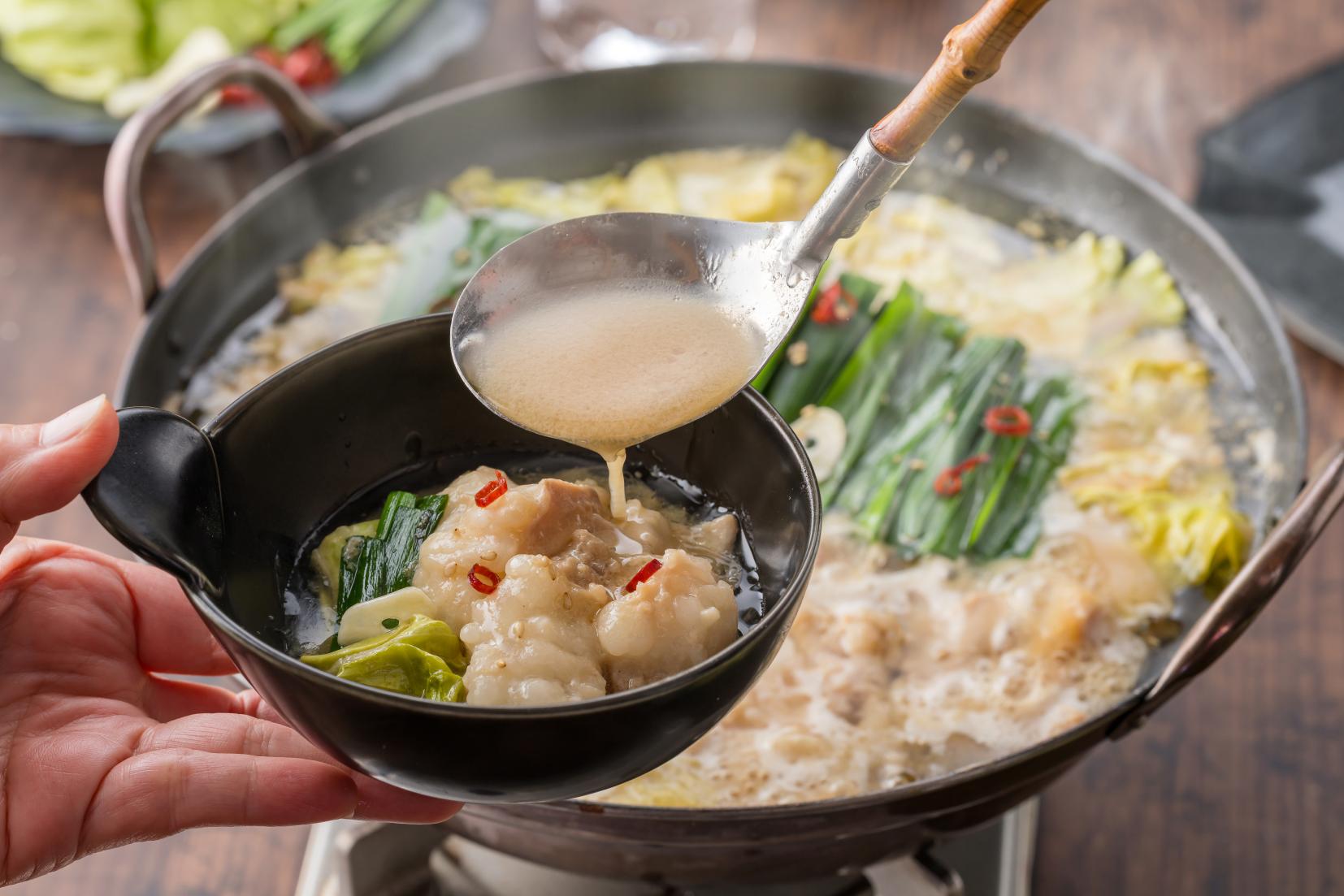
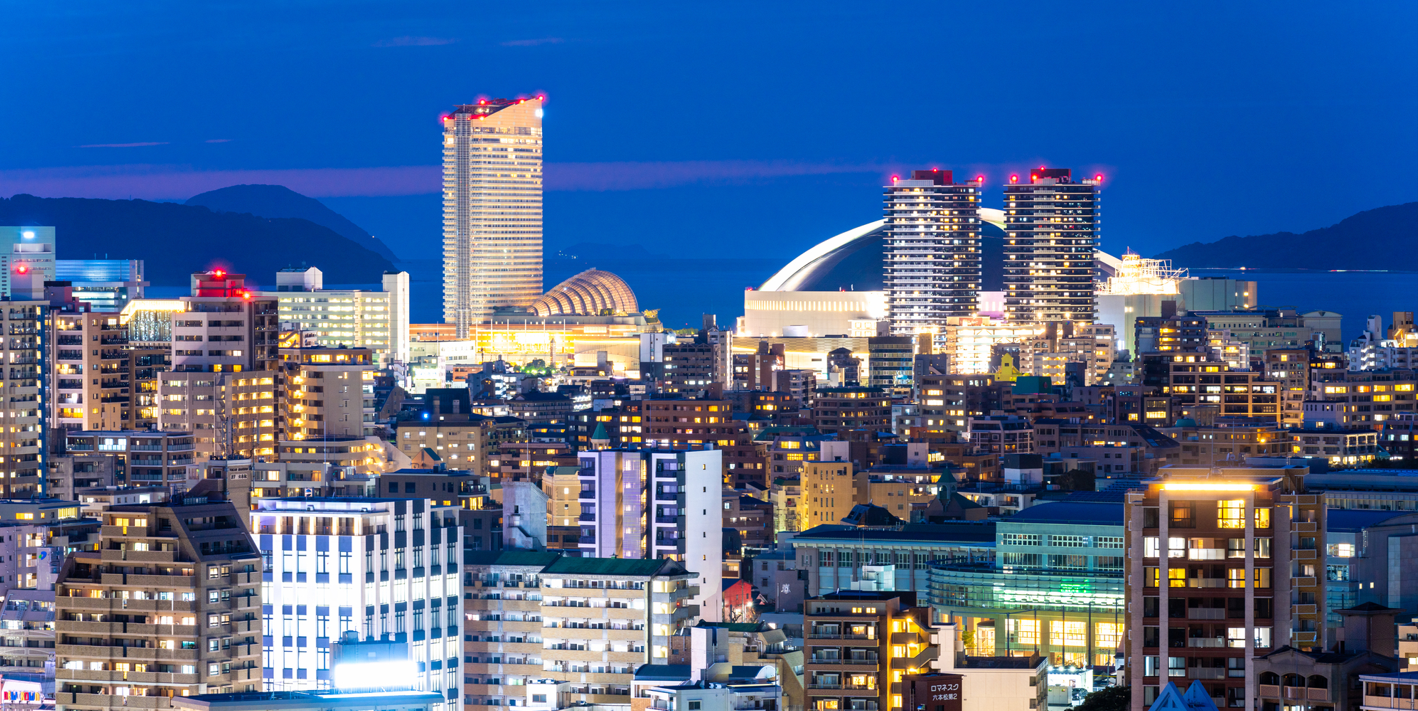
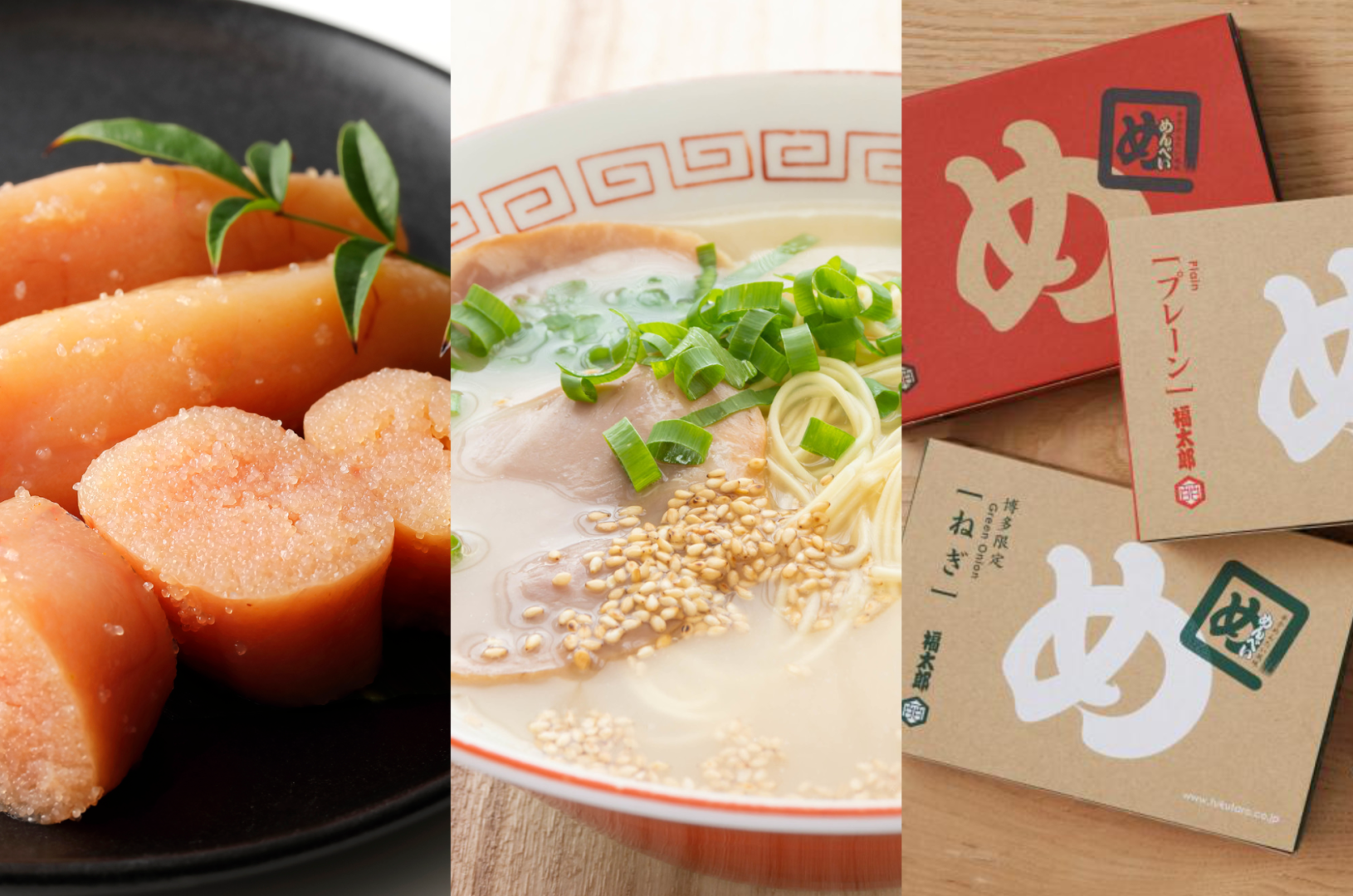
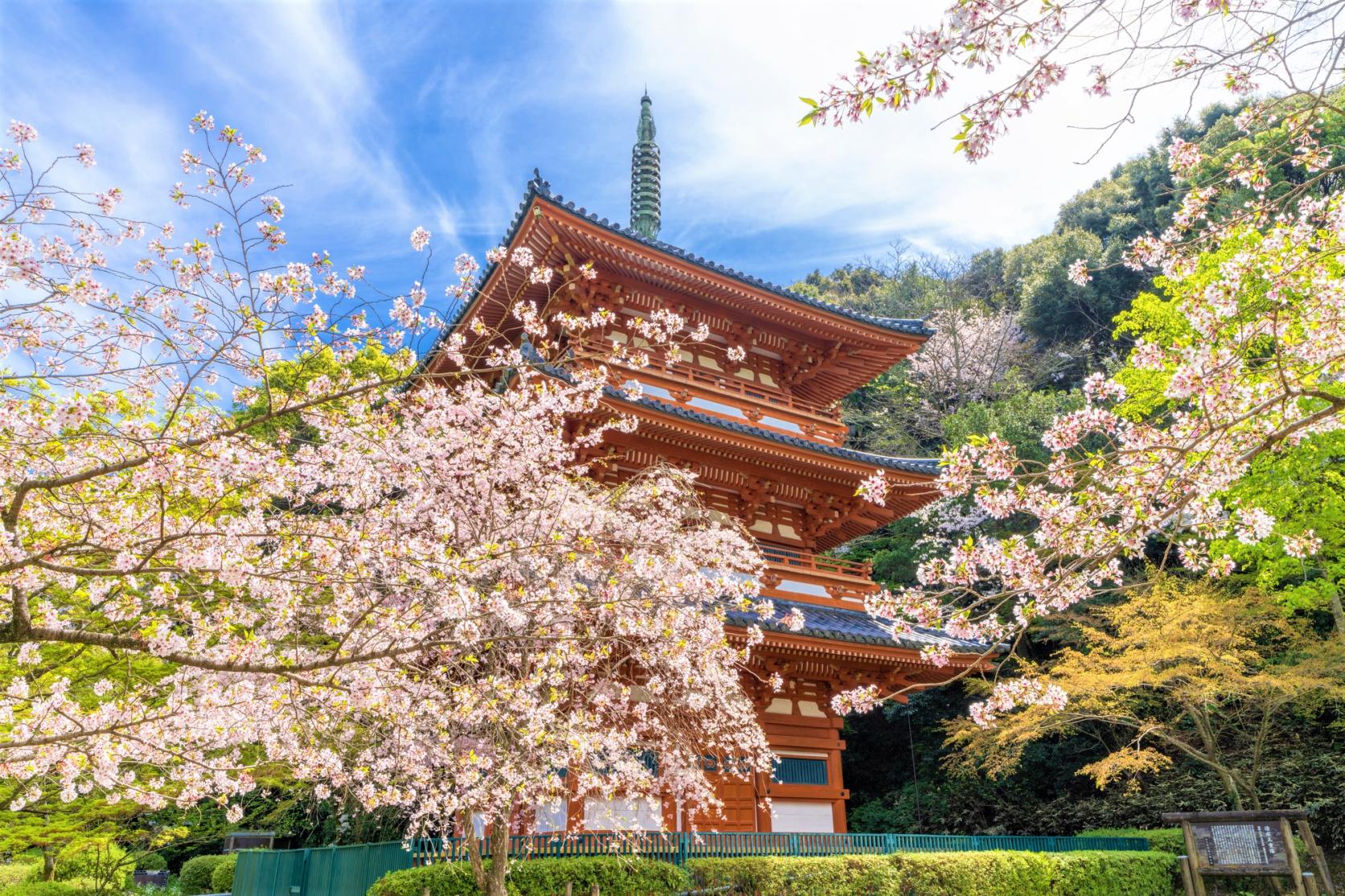
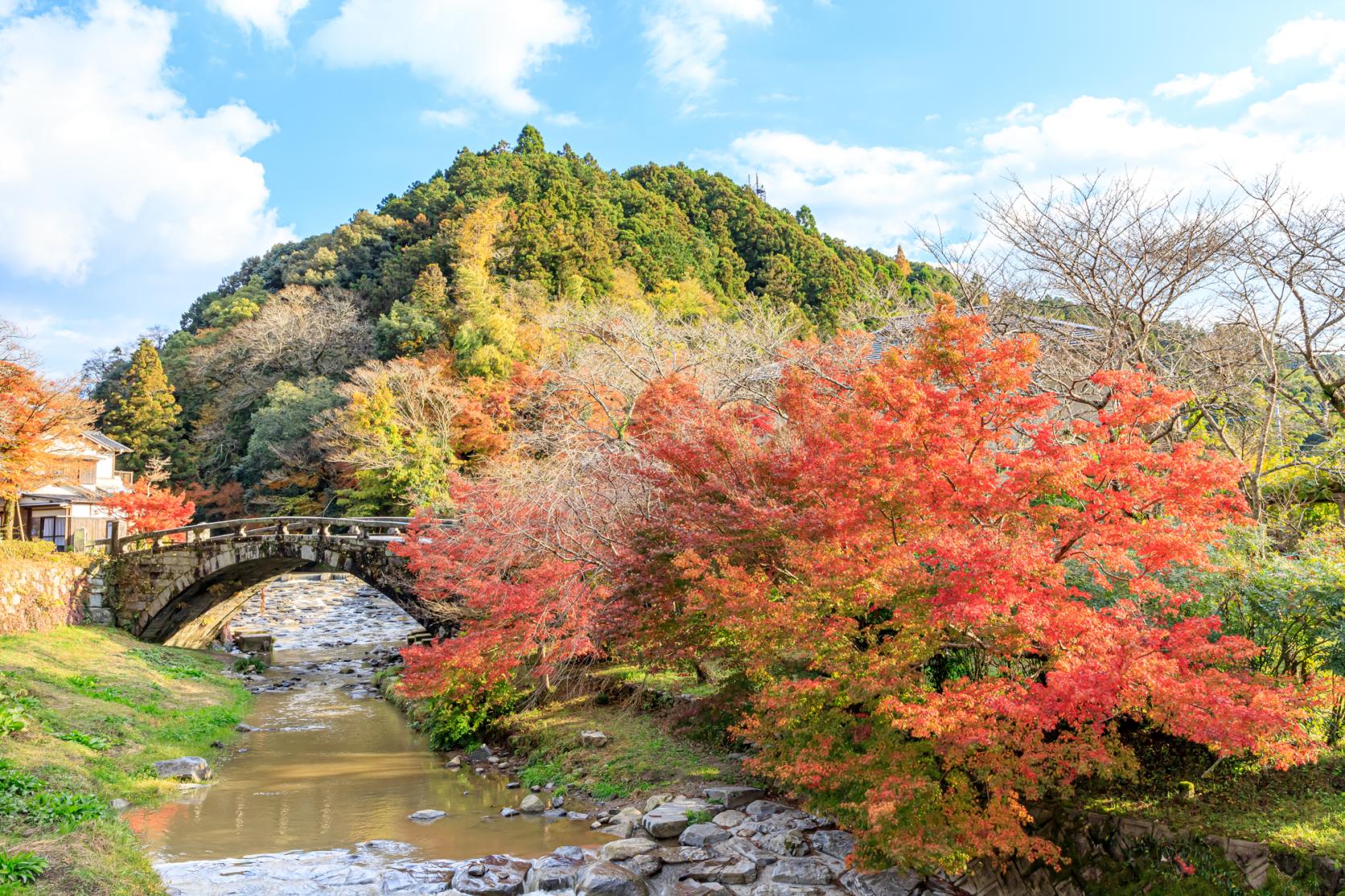
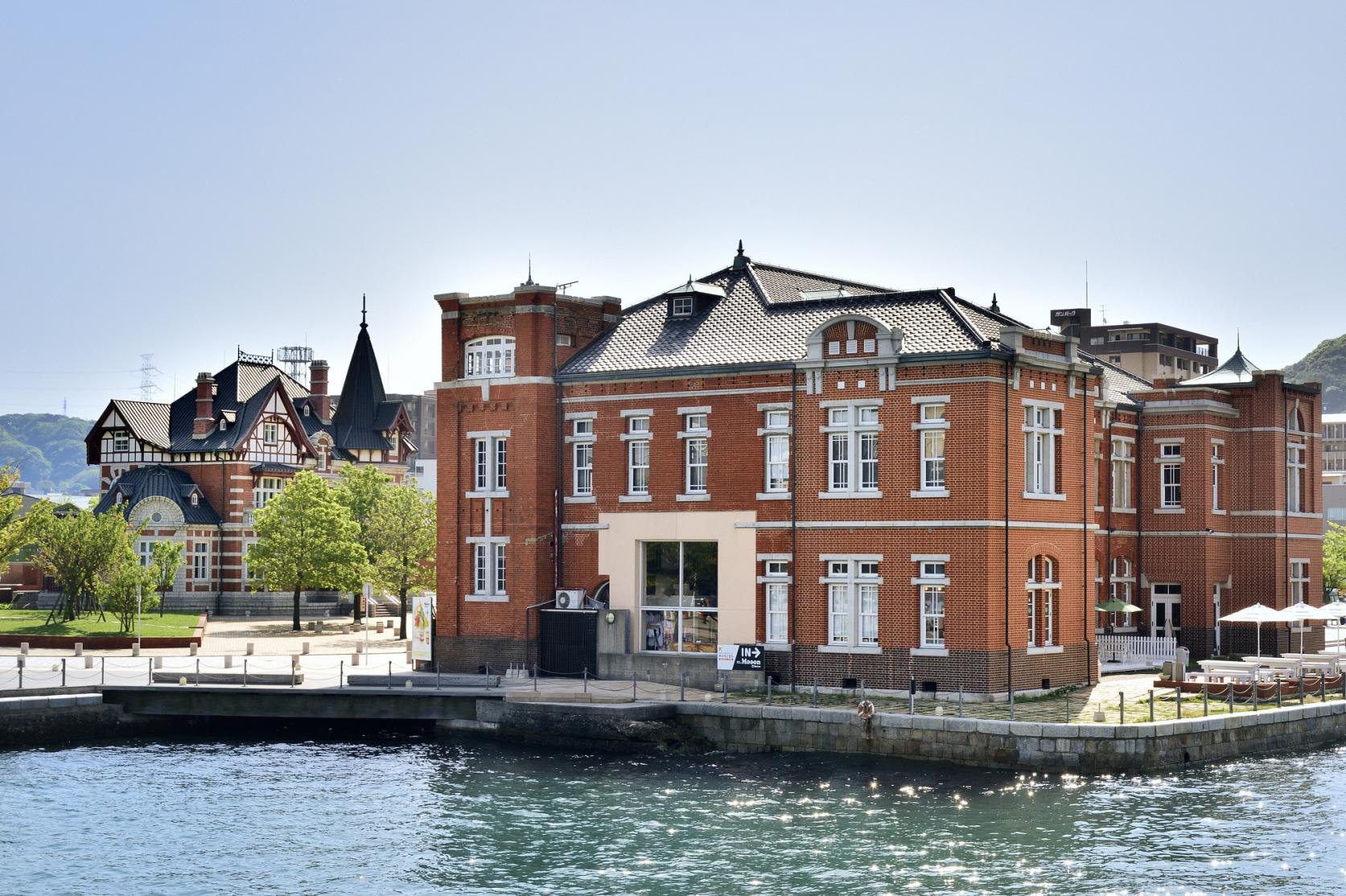

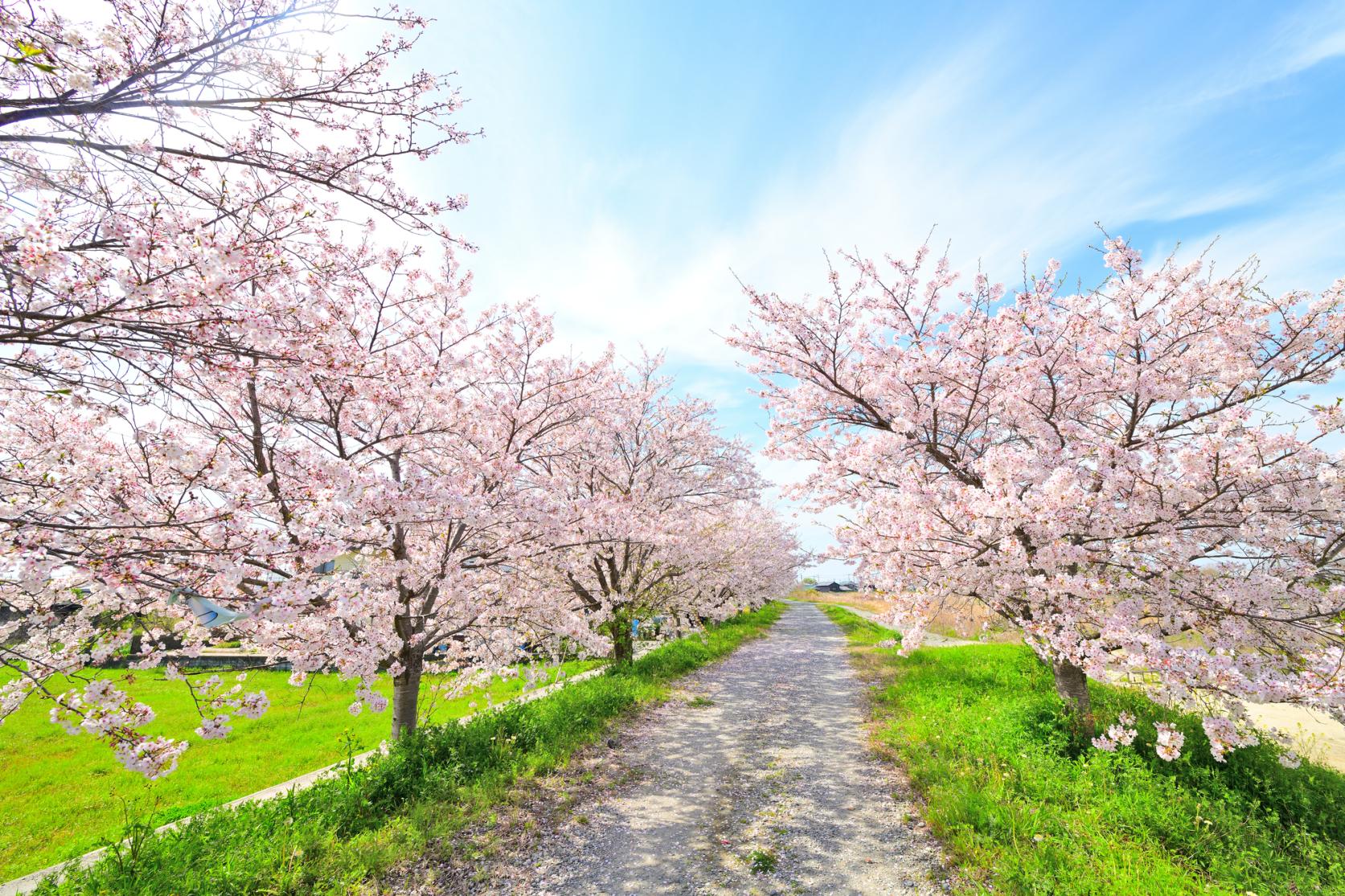
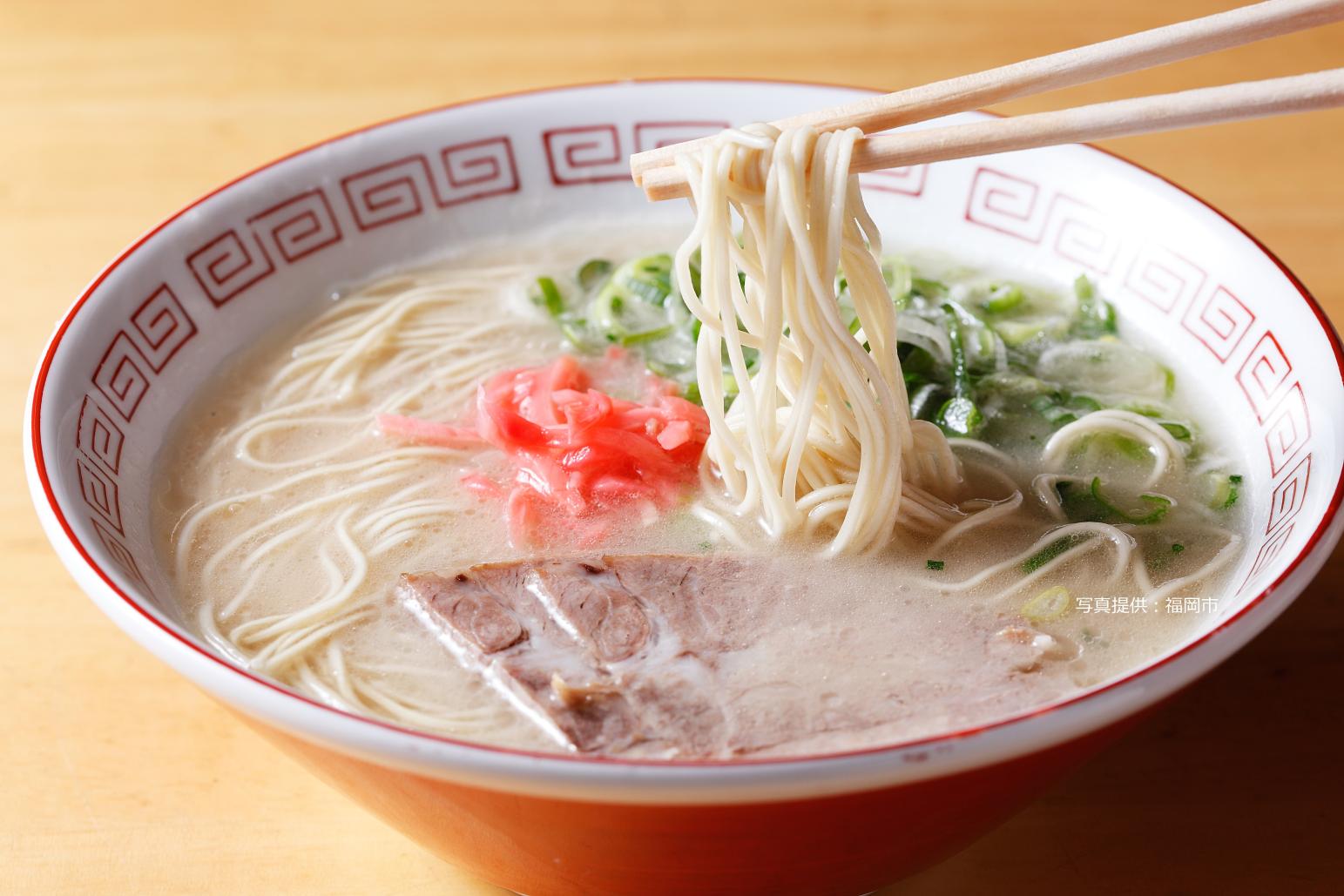
![[2025] Strawberry Picking Spots in Fukuoka-1](https://www.crossroadfukuoka.jp/storage/special_features/49/responsive_images/9ZHgrqvQdpH8tM4IRF54DXu0aPBF3YGGkj5WOTGc__1673_1115.jpg)
